There is the Main large hangar; a World War II - European Theater hangar; a WWII - Pacific Theater hangar; the 390th Memorial Museum; and the Space Gallery building that hold a huge array of interesting aircraft, exhibits, and displays. The museum is located in Tucson near the Davis-Monthan Air Force Base and it opened in 1976.
We visited on a Friday and I was surprised at how many people were here. Also, this museum permits dogs (on a leash) on the grounds and in all buildings (except the restaurant, but there is outdoor dining that allows them). Sadie was very well behaved (fortunately) and we were happy to have her with us!
Our first stop was the Main Hangar. Following are some of the amazing aircraft we saw there.
Martin, PBM-5A Mariner (amphibian aircraft), 1940, built for US Navy.
The Navy chose this small amphibian for further study in 1971 for its usefulness for civil police duties in Southeast Asia. (It never reached production status.)
SR-71A "Blackbird" and ejector seat.
Douglas B-18B Bolo. Built to replace B-10 in the late 1930s, 122 of them were modified in WWII and used to hunt German subs in the Atlantic and Caribbean.
Sea Sprite. Light anti-submarine helicopter operated from small warships put into service 1971 and still in limited use in US as well as in several other countries.
Lockheed S-3B Viking. Navy's carrier-based, fixed wing, anti-sub aircraft; in the 1980s upgraded for anti-surface warfare, strike missions, and aerial refueling.
Bell AH-15 Cobra. Production began in 1966 and used in combat over Vietnam. Modernized versions continue to be used by US Army and Marine Corps as well as foreign militaries.
GM TBM-3E Avenger. First entered combat at the Battle of Midway and was the primary torpedo bomber of World War II.
F-14A Tomcat. Aircraft designed to defend US carriers from enemy attacks and featured in the movie, Top Gun.
UH-1 Huey. Primary helicopter used in Vietnam as a troop carrier and combat support.
This one is from the 174th Assault Helicopter Company based in Chou Lai where John served in Vietnam in 1970-71 in the 198th Light Infantry Brigade.
Boeing 720B Cockpit Simulator.
B61 Nuclear Bomb, 1968 - present. Tactical and strategic bomb that could be carried and dropped by most American combat Aircraft.
Learjet Model 23, 1963, first in series of small business jet aircraft.
Starr Bumble Bee, built for the sole purpose of taking the record for the world's (Guinness) smallest aircraft, which it did in 1984. Crazy, right?
The Wright Flyer, 1903 [reproduction].
Hangar #3, World War II (European Theater).
Here are some of the aircraft we saw in this much smaller hangar (than the Main one).
B-24J, long range heavy bomber that was equipped with ten .50 calibre machine guns and 8,000 pounds of bombs.
Lower turret guns on the B-24J.
Hawker Hurricane - used by the Royal Air Force and accounted for the majority of the German aircraft shot down during WWII.
B-25J-1, medium range bomber equipped with 6-12 .50 cal. machine guns, 3,000 pounds of bombs, and 75 mm cannon on some models.
Hangar #4, World War II (Pacific Theater).
Boeing B-29 SuperFortress designed as the "Hemisphere Defense Weapon" could carry 20,000 pounds of bombs and had 4 remote-controlled turrets with machine guns. This type of aircraft carried the atomic bombs to Hiroshima and Nagasaki in 1945. This one on display flew 32 missions over Japan during WWII.
One of the two bomber bays.
Sadie's new friends (these two girls were visiting from Australia!)
Vought F4U-4 Corsair, best-known American naval fighter in WWII (carrier-based).
North American F-86E Sabre, best known of the first generation American jet fighter; used in Korean War.
Mikoyan-Gurevich MiG - 15bis, 1952, used by Koreans, built by the Soviets and exported to many different counties up until the 1990s.
Curtiss C-46D Commando, was used to haul cargo beginning in WWII through 1962.
We proceeded to the area outside where there is a large number of aircraft on display.
McDonnell Douglas (Boeing), F/A-18A, Hornet. 1978-Present.
Sikorsky JRS-1, 193, Marine Corps Utility Transport Amphibian.
Presidential Aircraft, Air Force One, 1961-65 (used by JFK and LBJ).
Aero Spacelines, Super Guppy, Cargo Transport, 1965-1995.
Fighter jets.
Next we went to the 390th Memorial Museum, but John and Sadie needed a little rest first.
These are the target areas during WWII for the 390.
And the stats on combat deaths and lost aircraft.
There is one aircraft in this museum, a Boeing B-17G "Flying Fortress."
Next stop was the Space Gallery.
Some of the exhibits.
X-Planes have been designed and built since 1946 to support exploration of the expanding boundaries of flight. Here is a the X-15 mockup.
Sadie and I had fun playing around in the kids section here!
Here is our little astronaut!
Admission to the museum is $15.50/adult or $12.75/senior. We used our Tucson Attractions Savings Passport for buy-one-get-one-free admission. Tram tours are an additional cost ($7/adult). There are also guided tours. Check out their web site for additional information on hours of operation and available tours.
Honestly, this place is incredible. There is so much to see and learn here. We spent about three hours here and could have easily spent double that. Loved it.
Website: www.pimaair.org
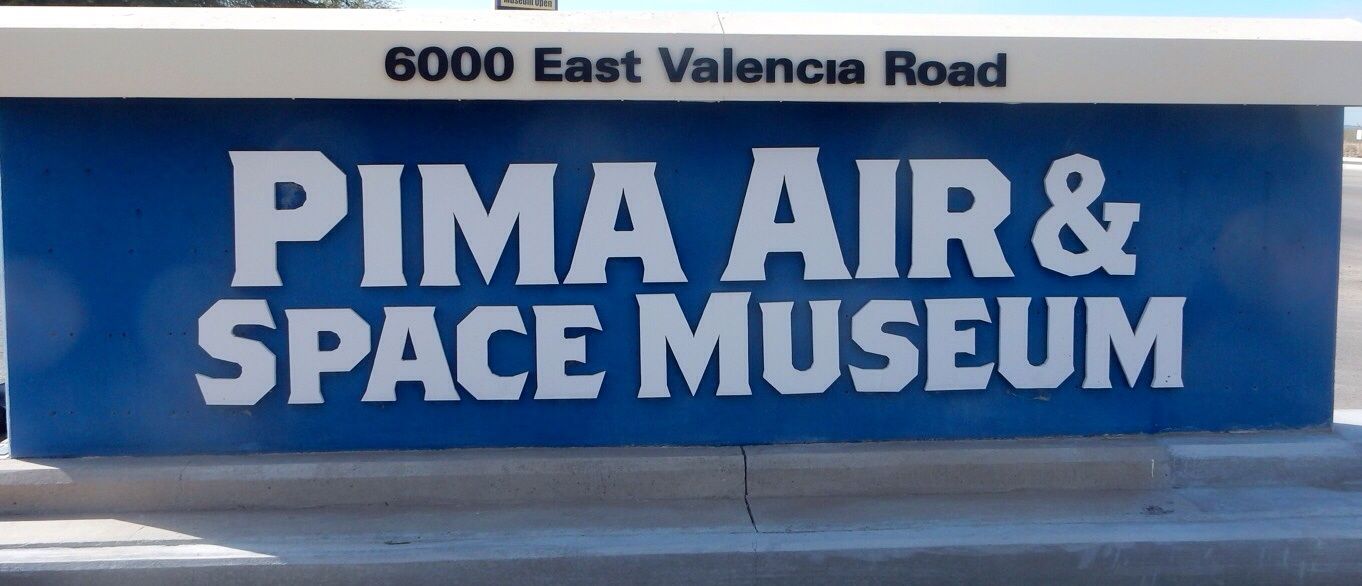
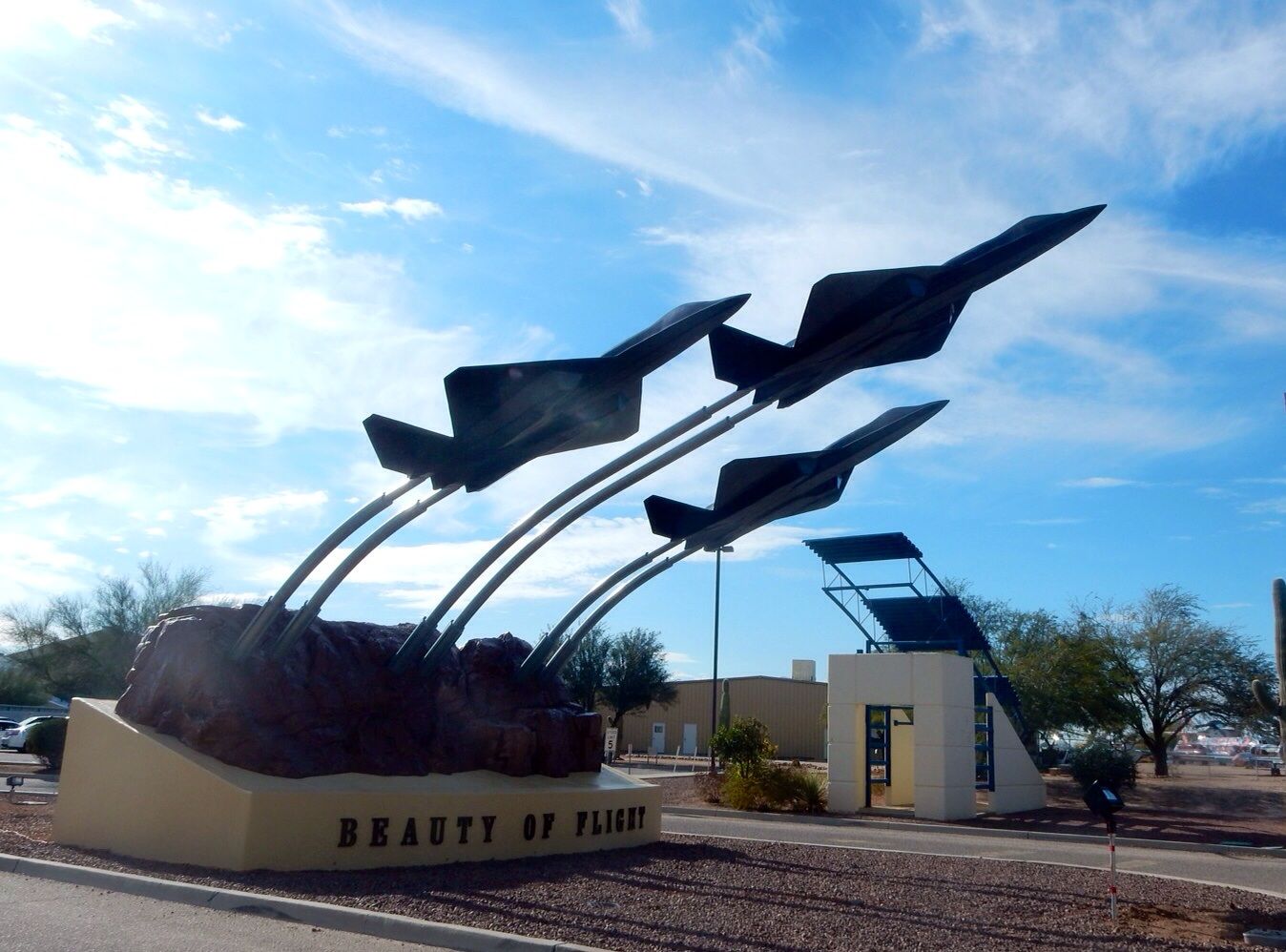
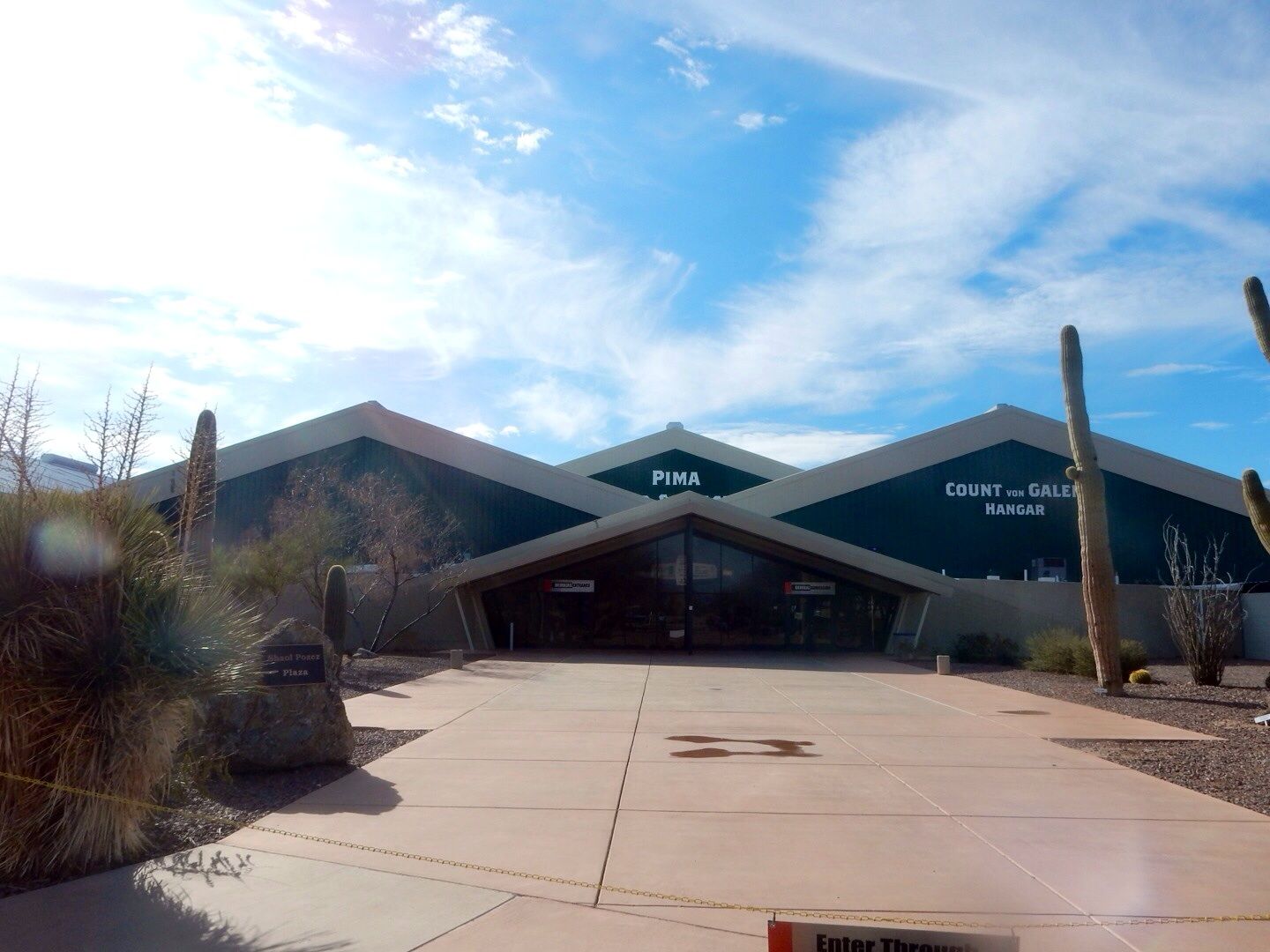
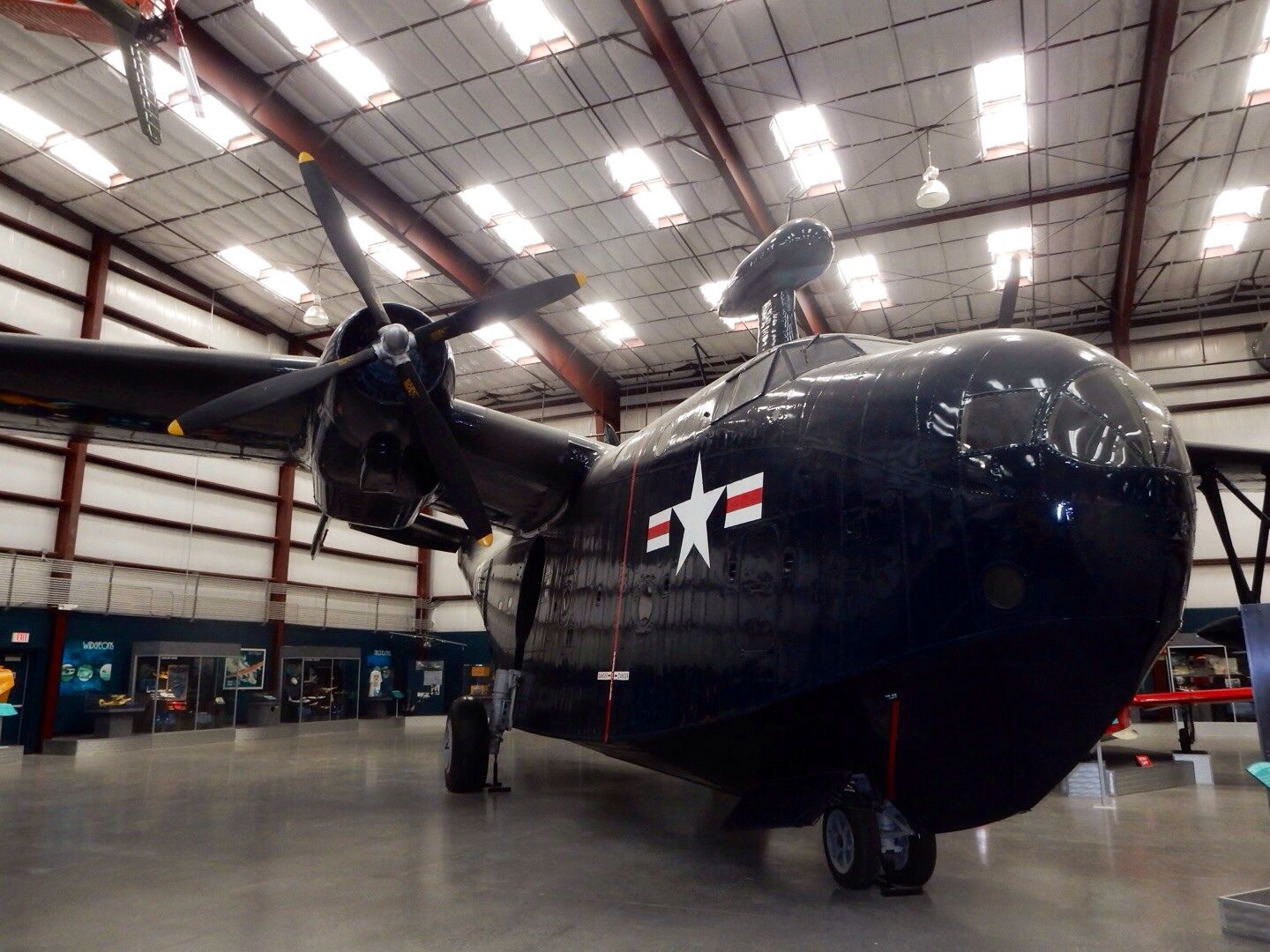
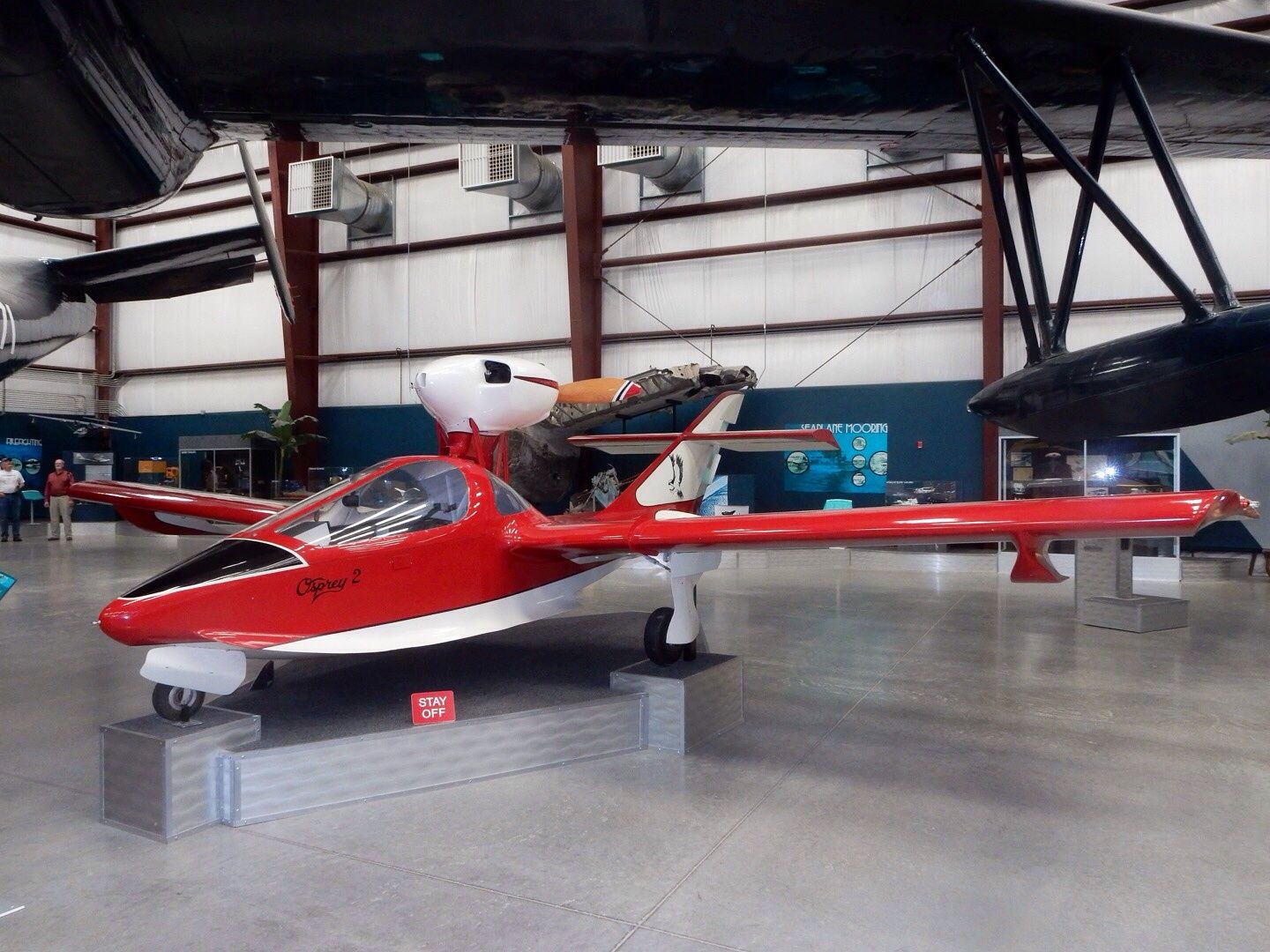
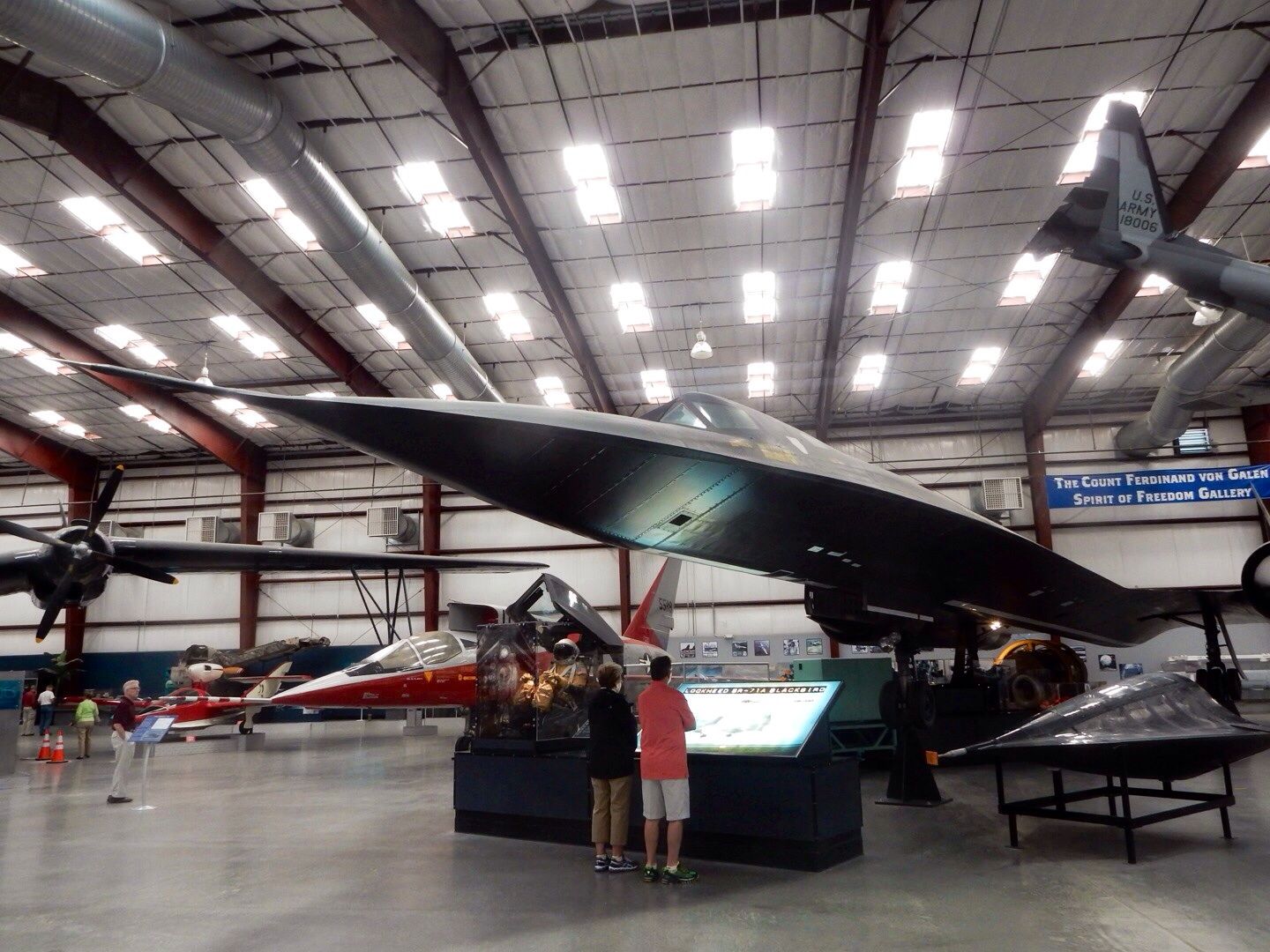
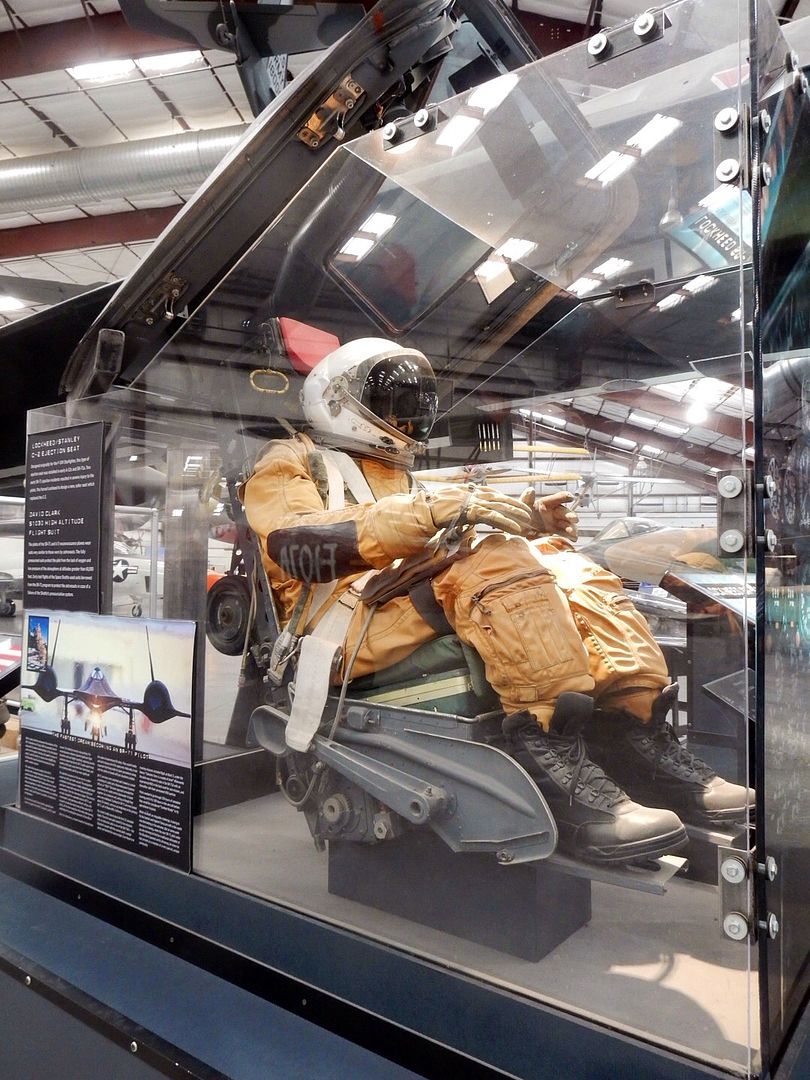
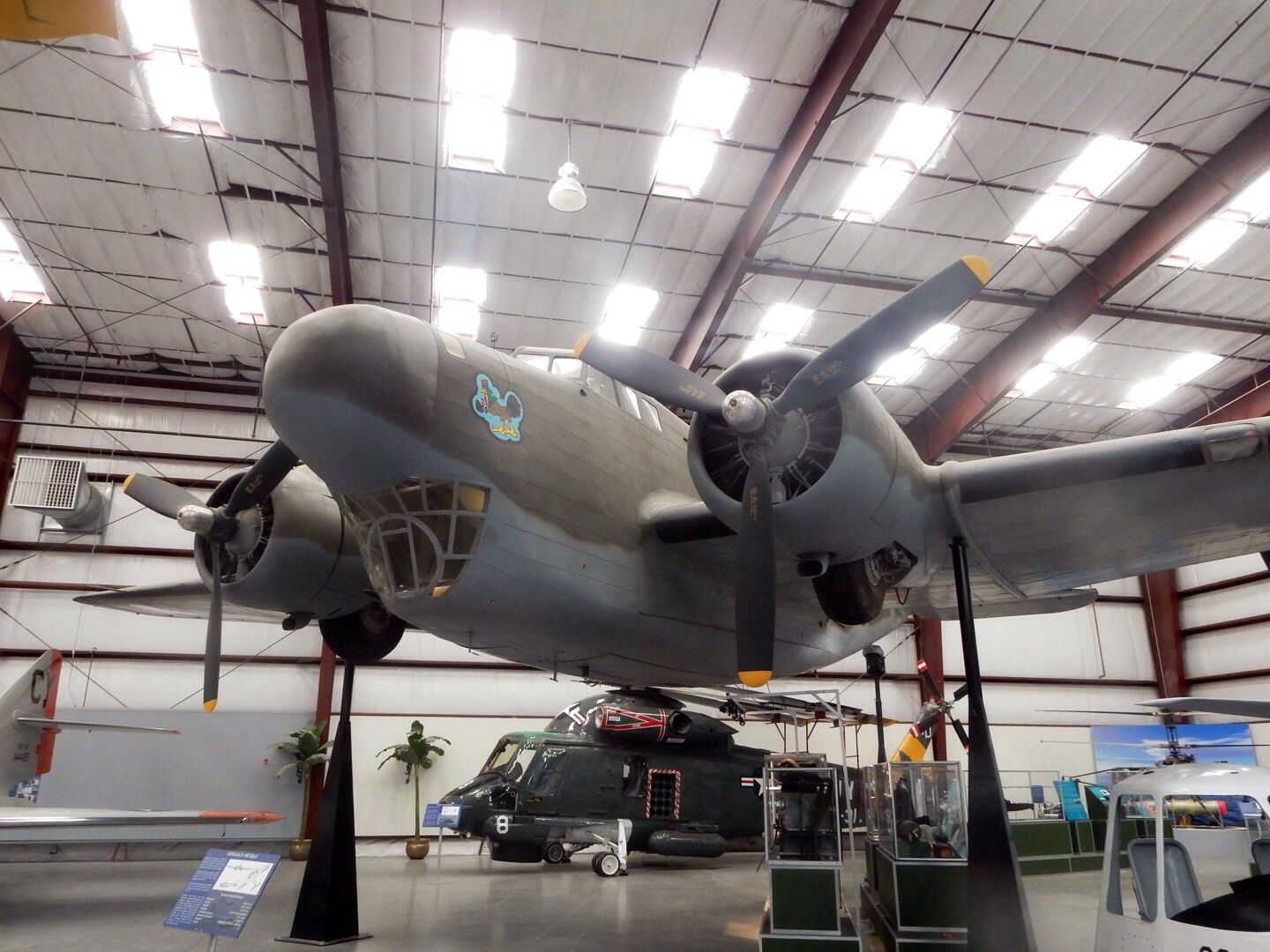
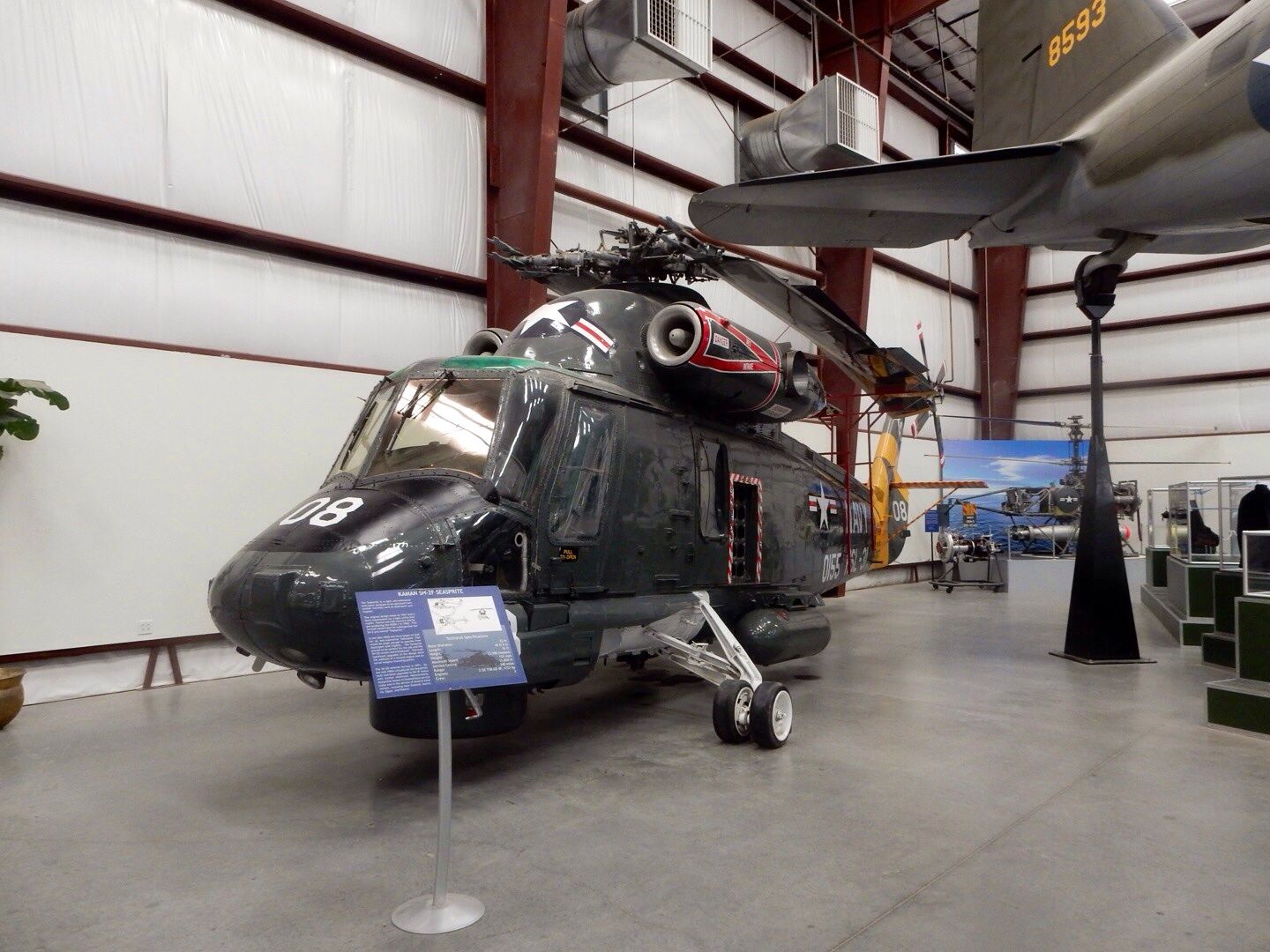
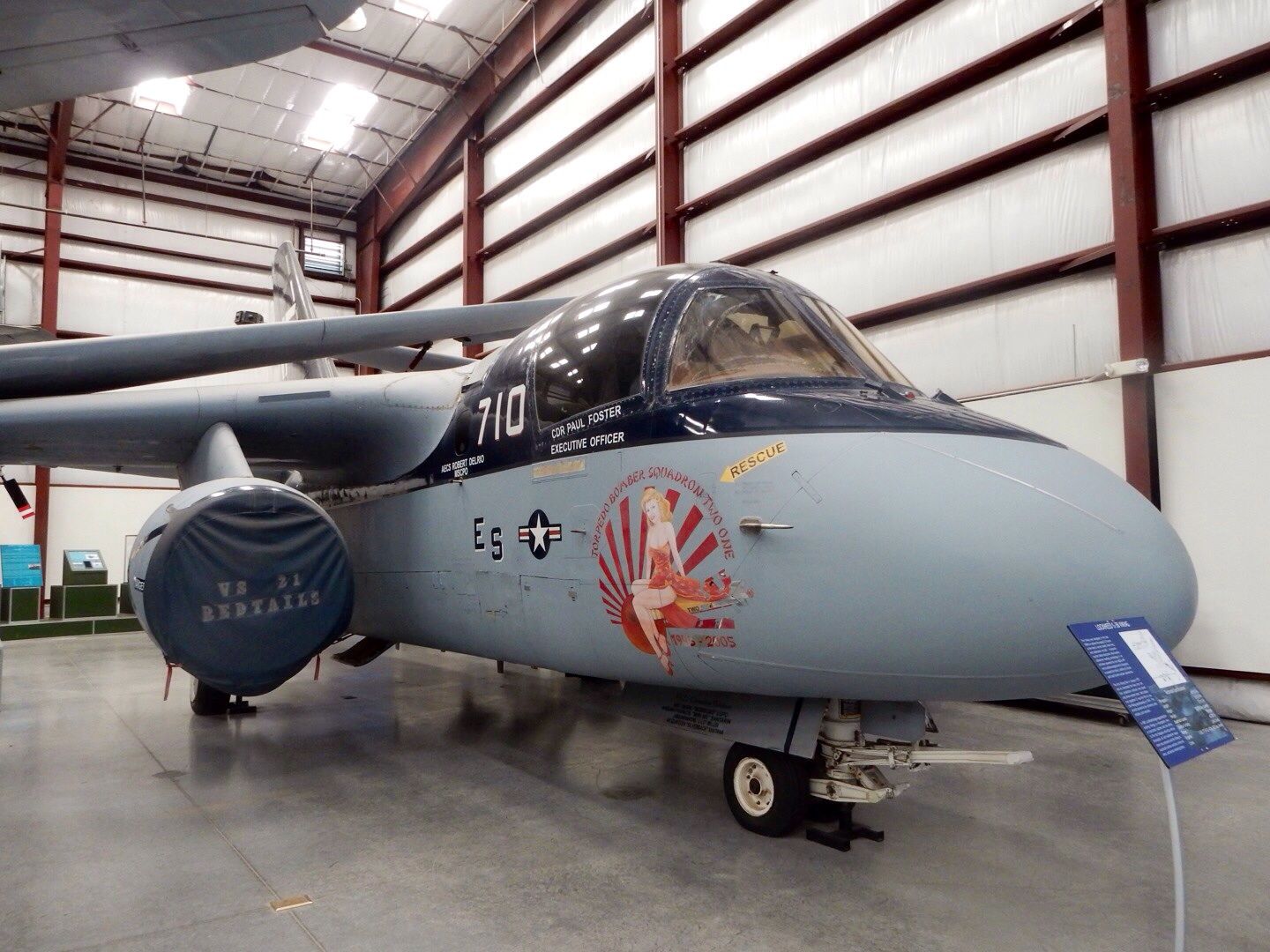

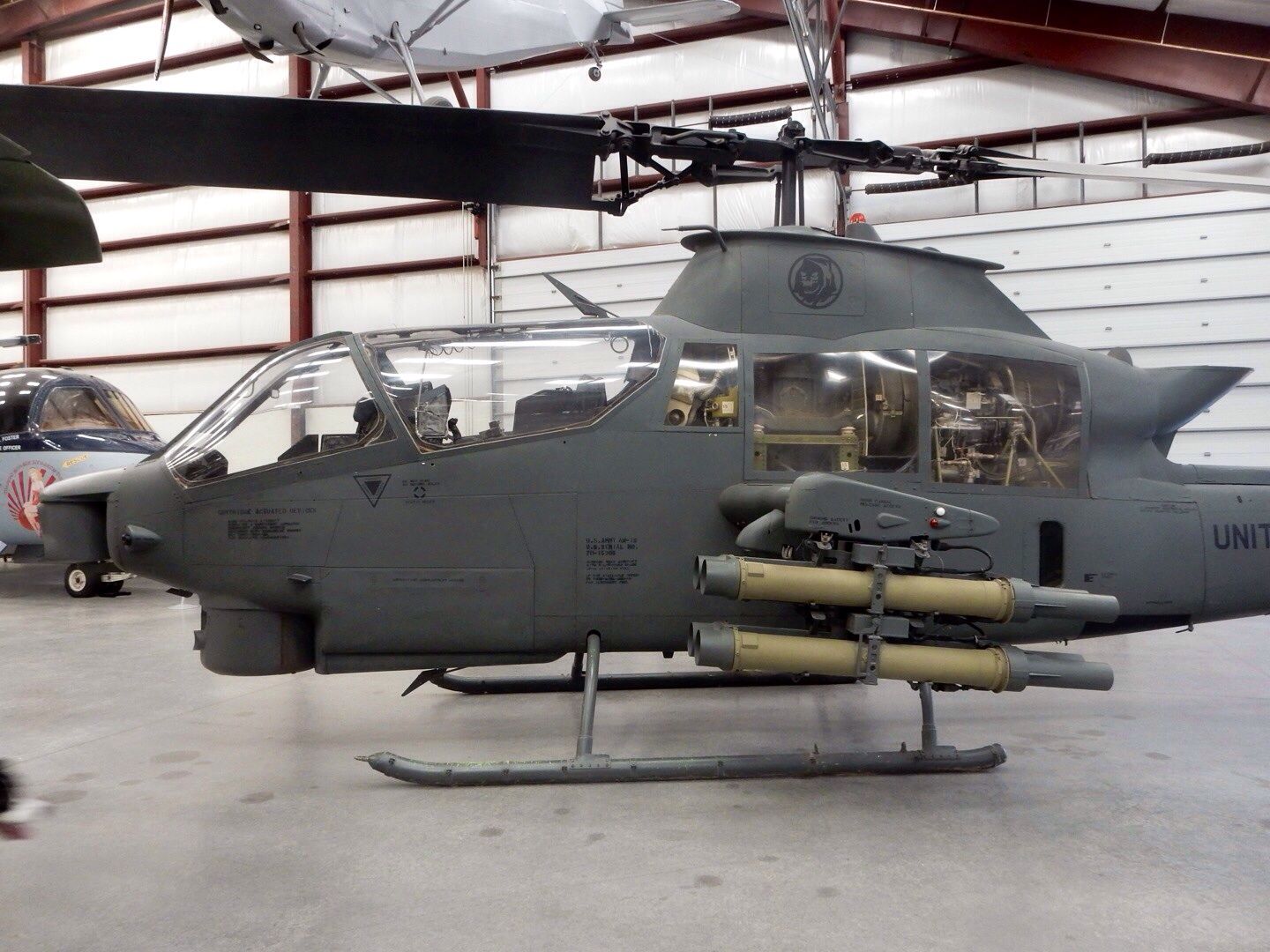


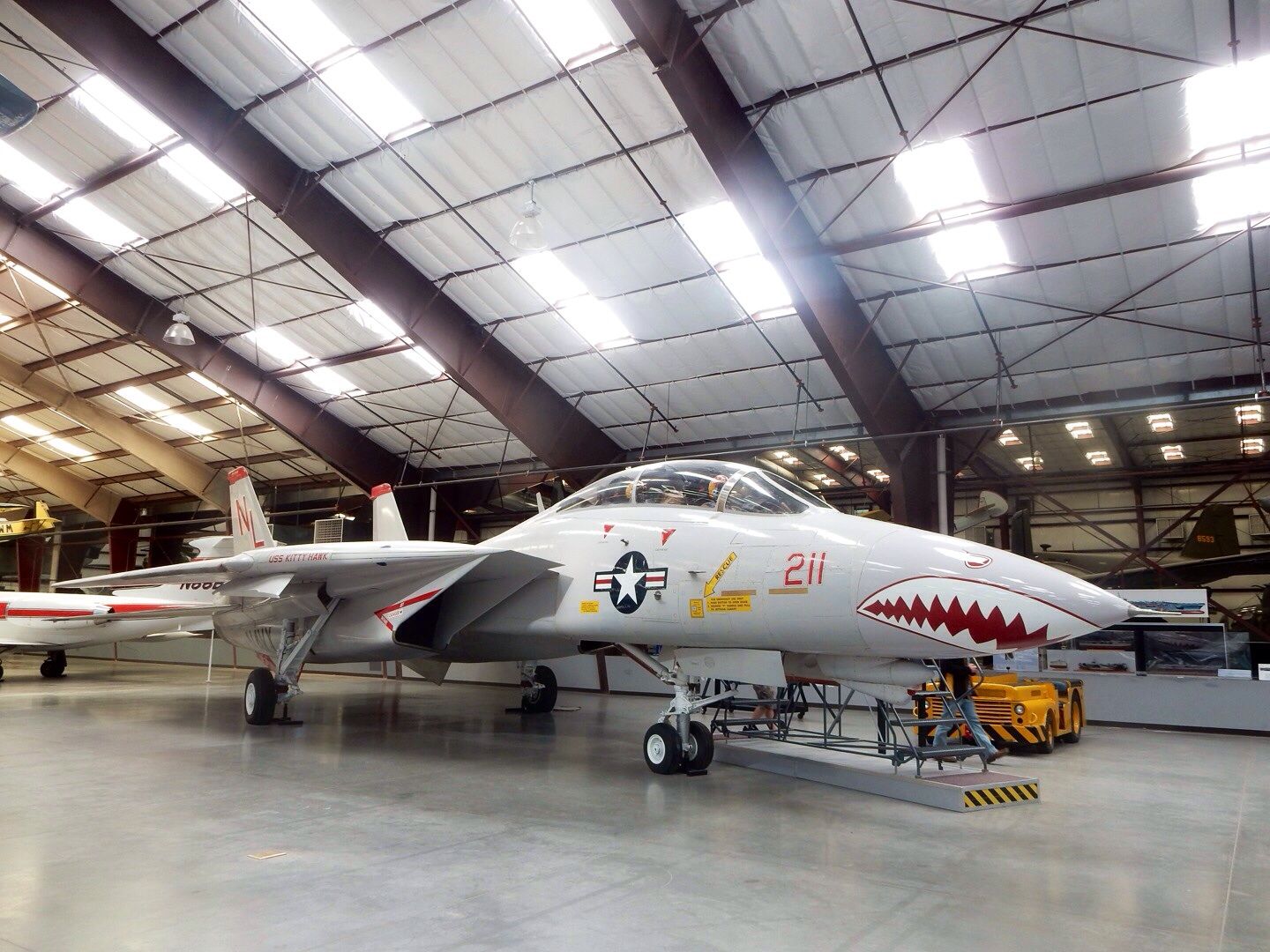
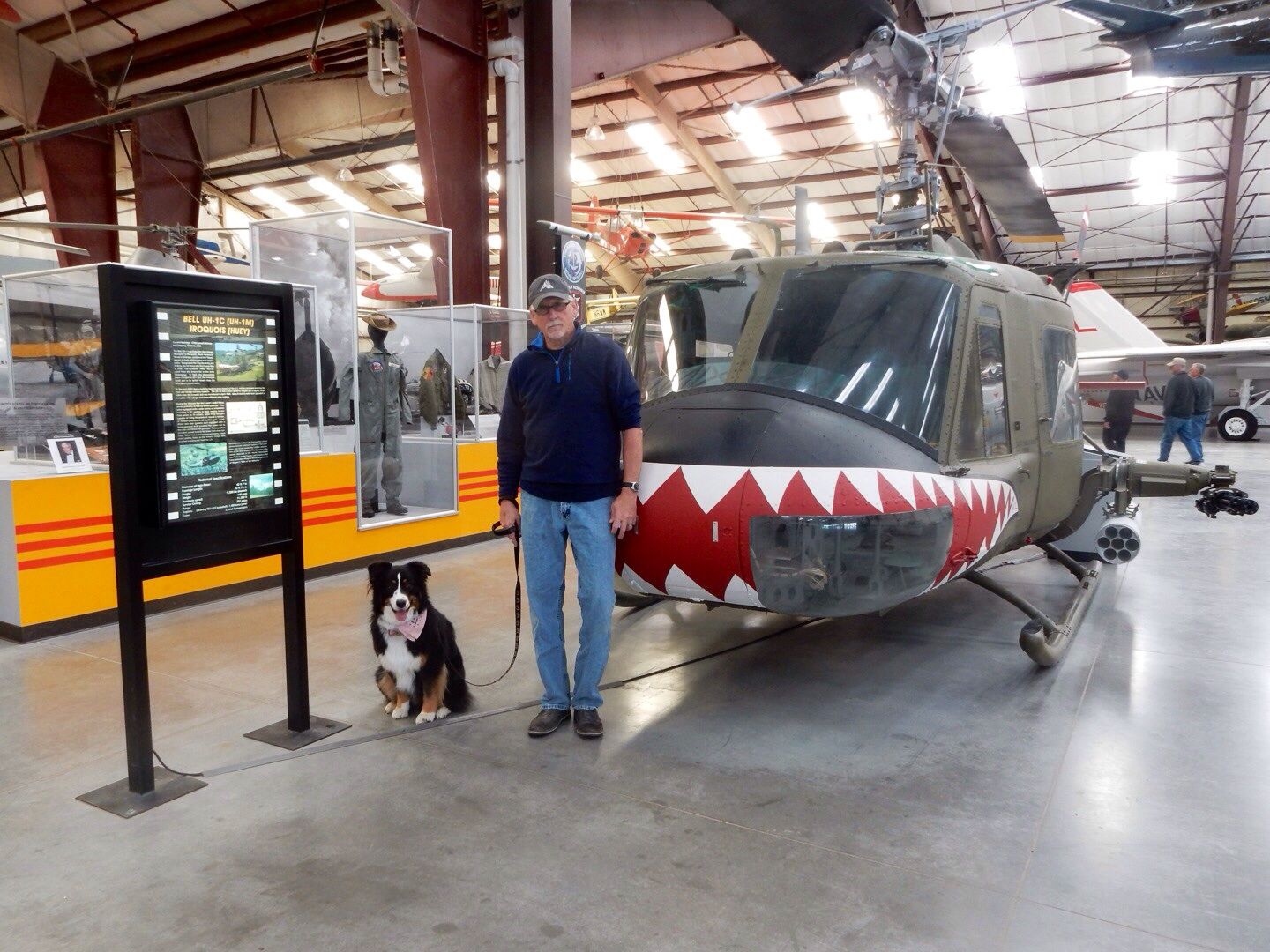
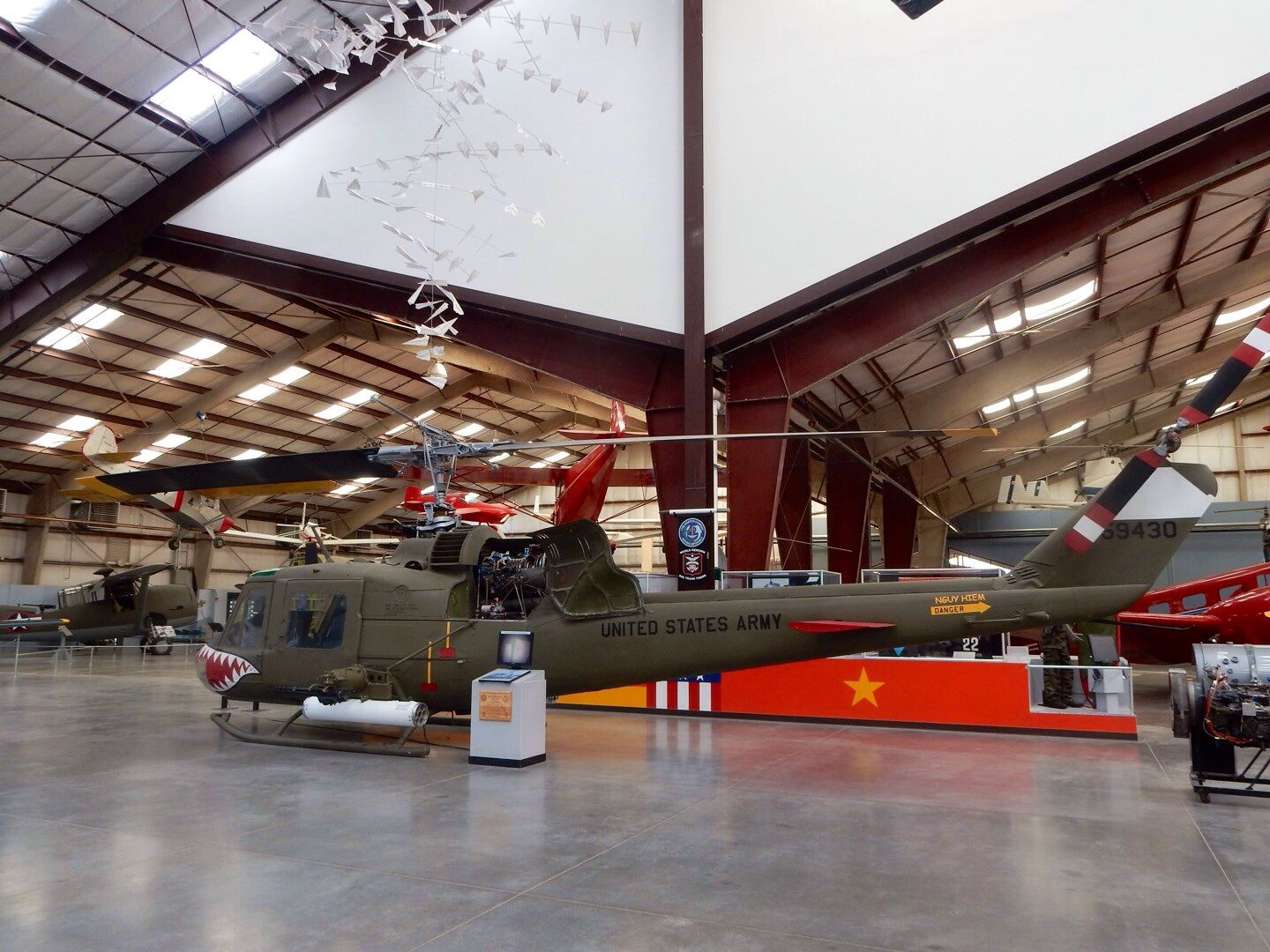
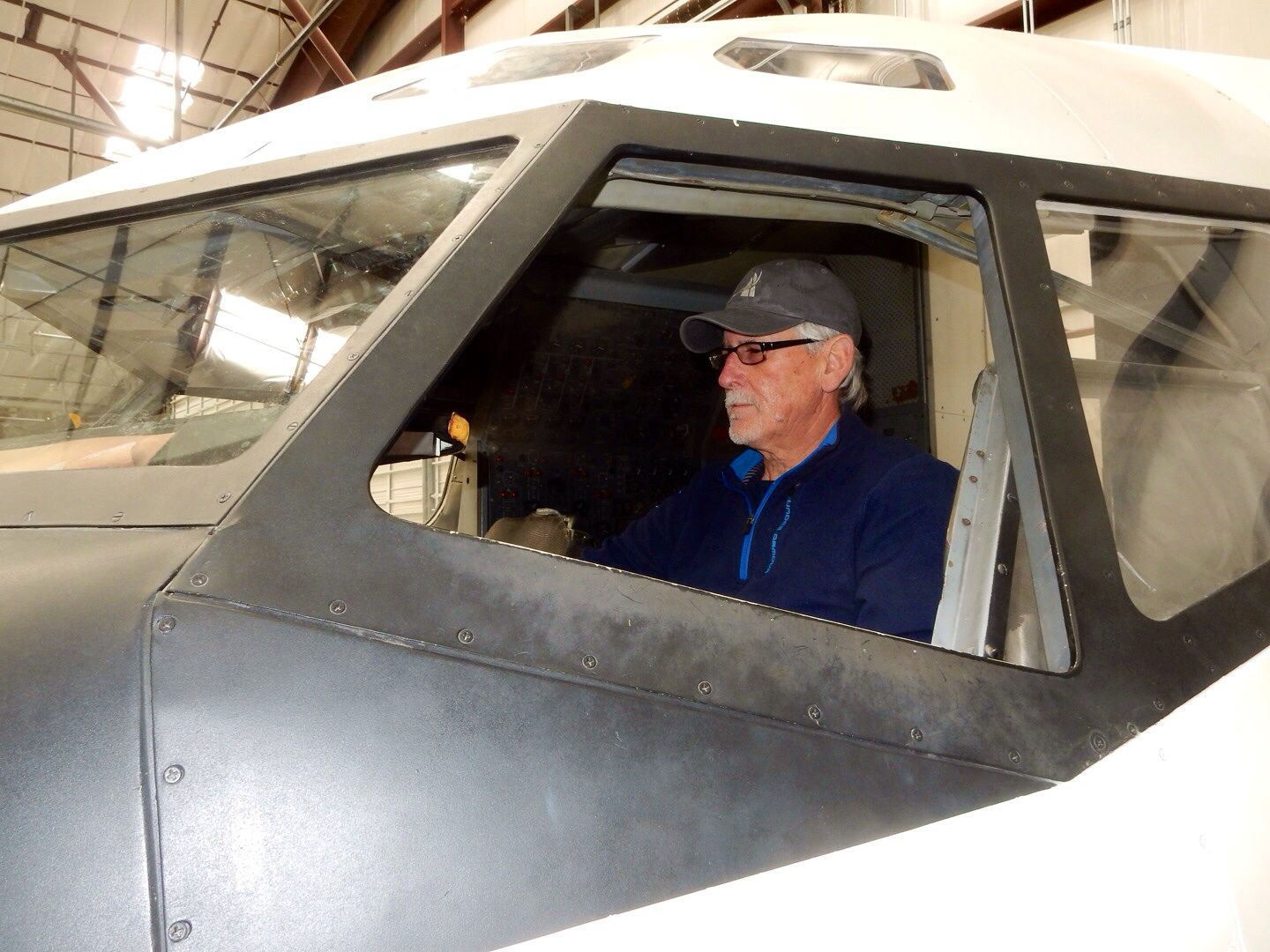
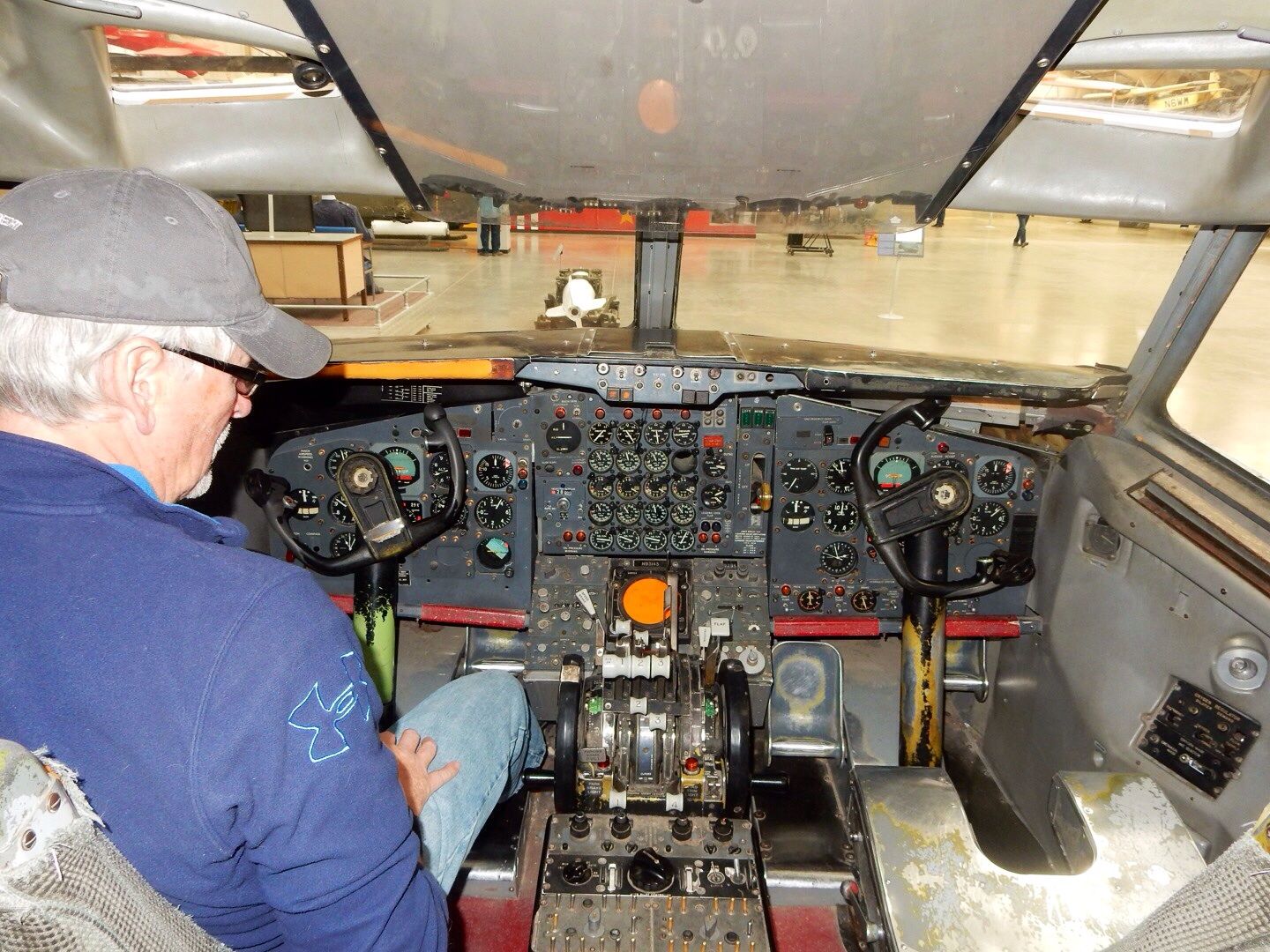
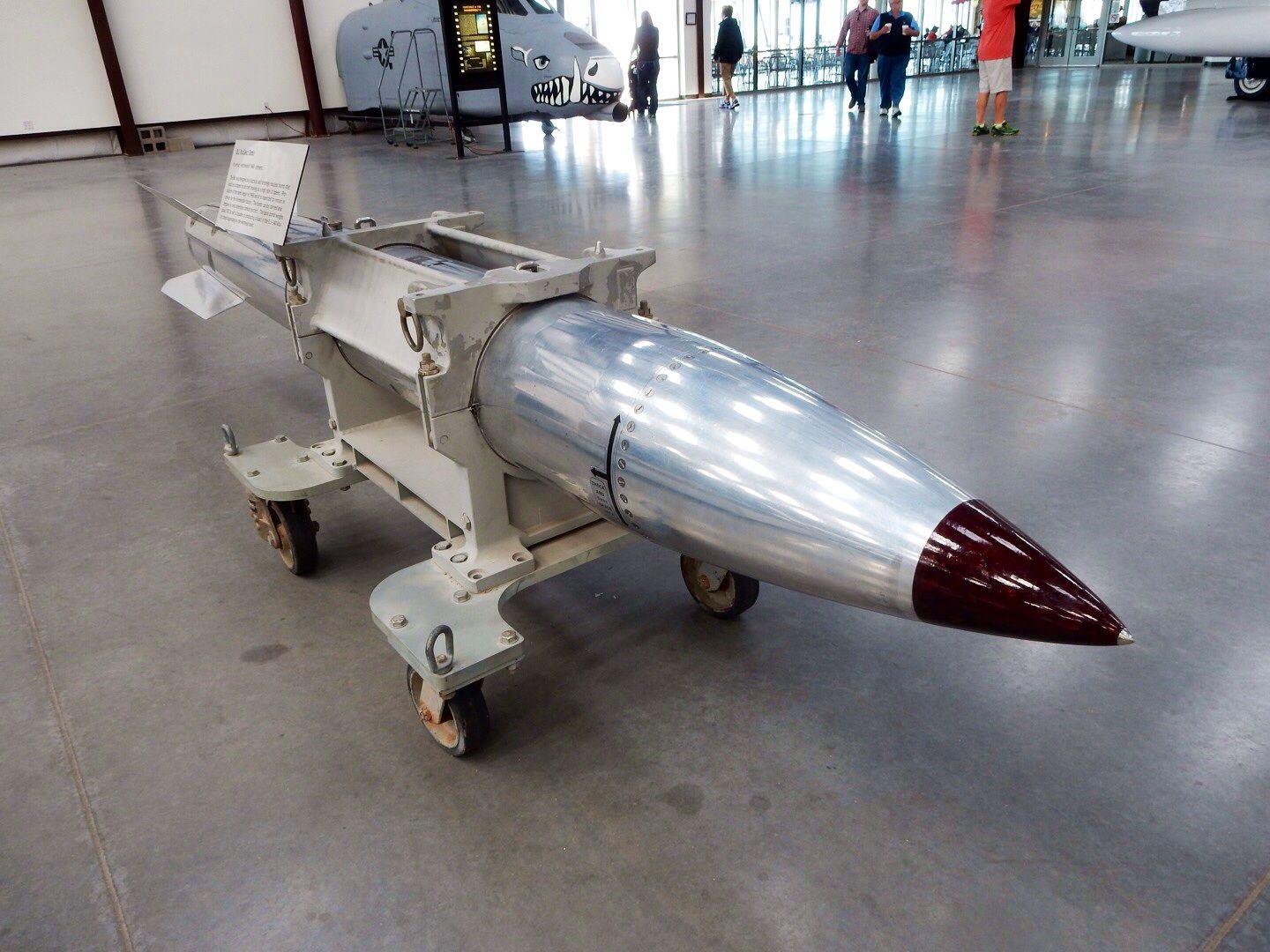
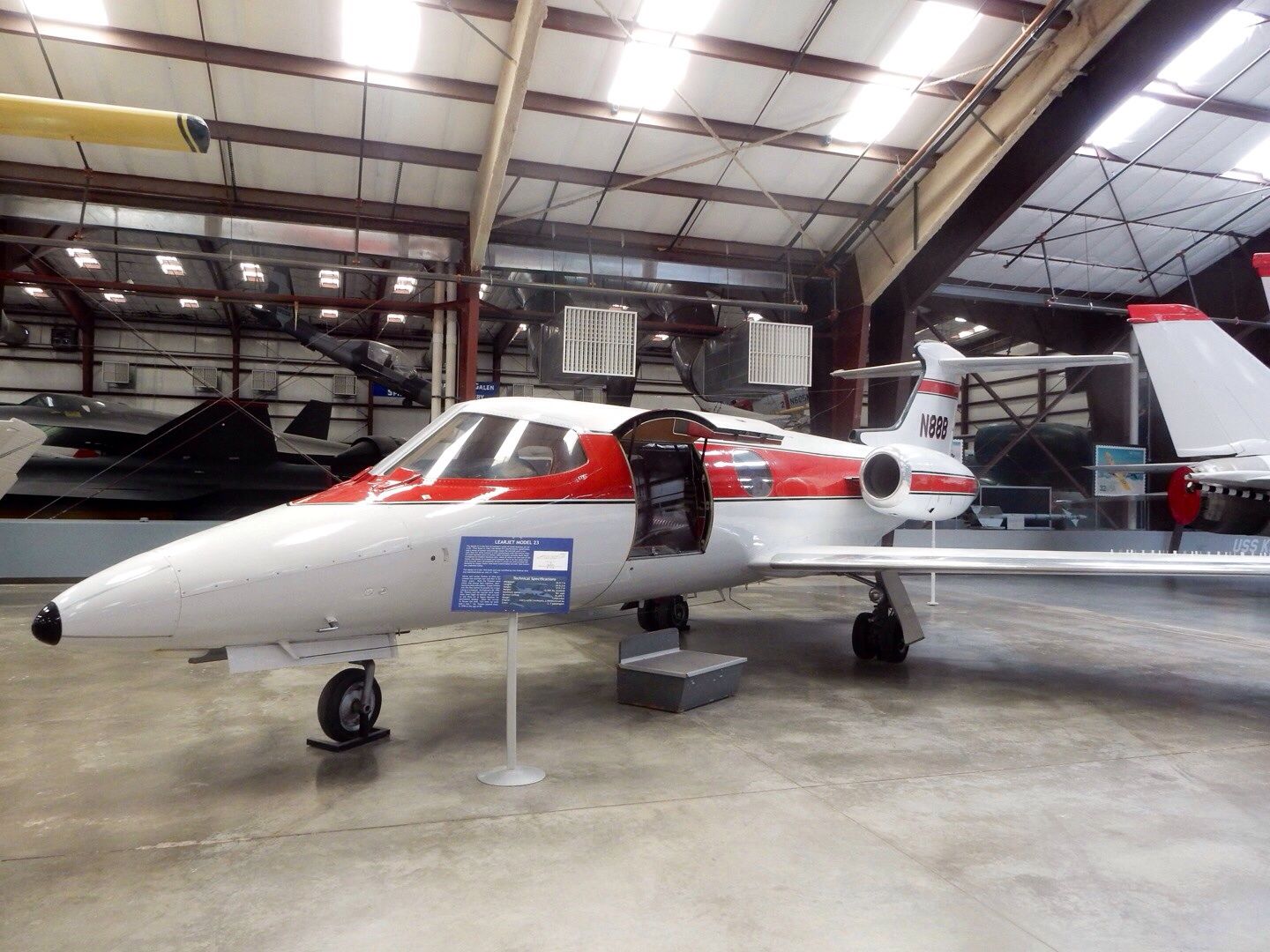
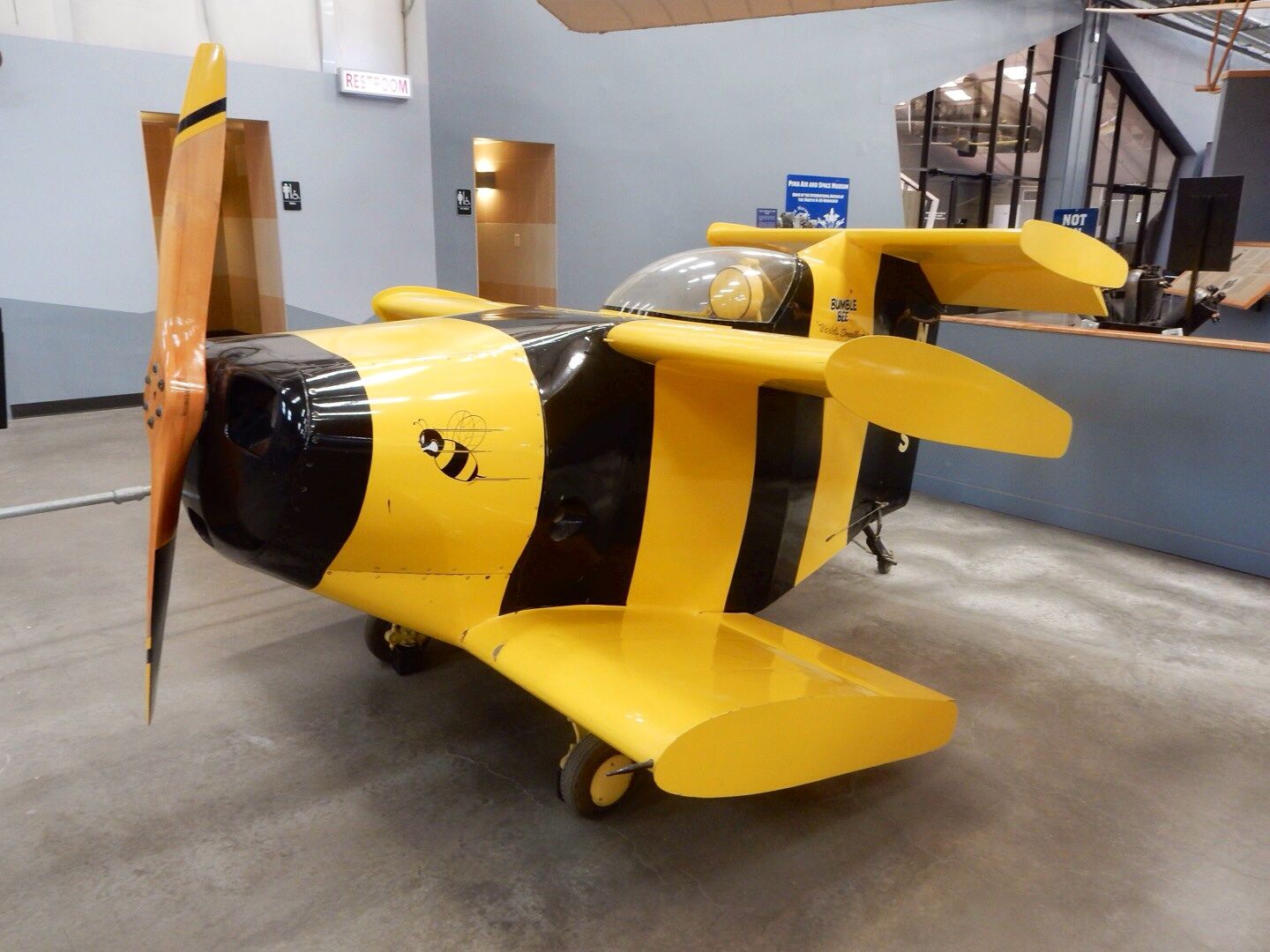
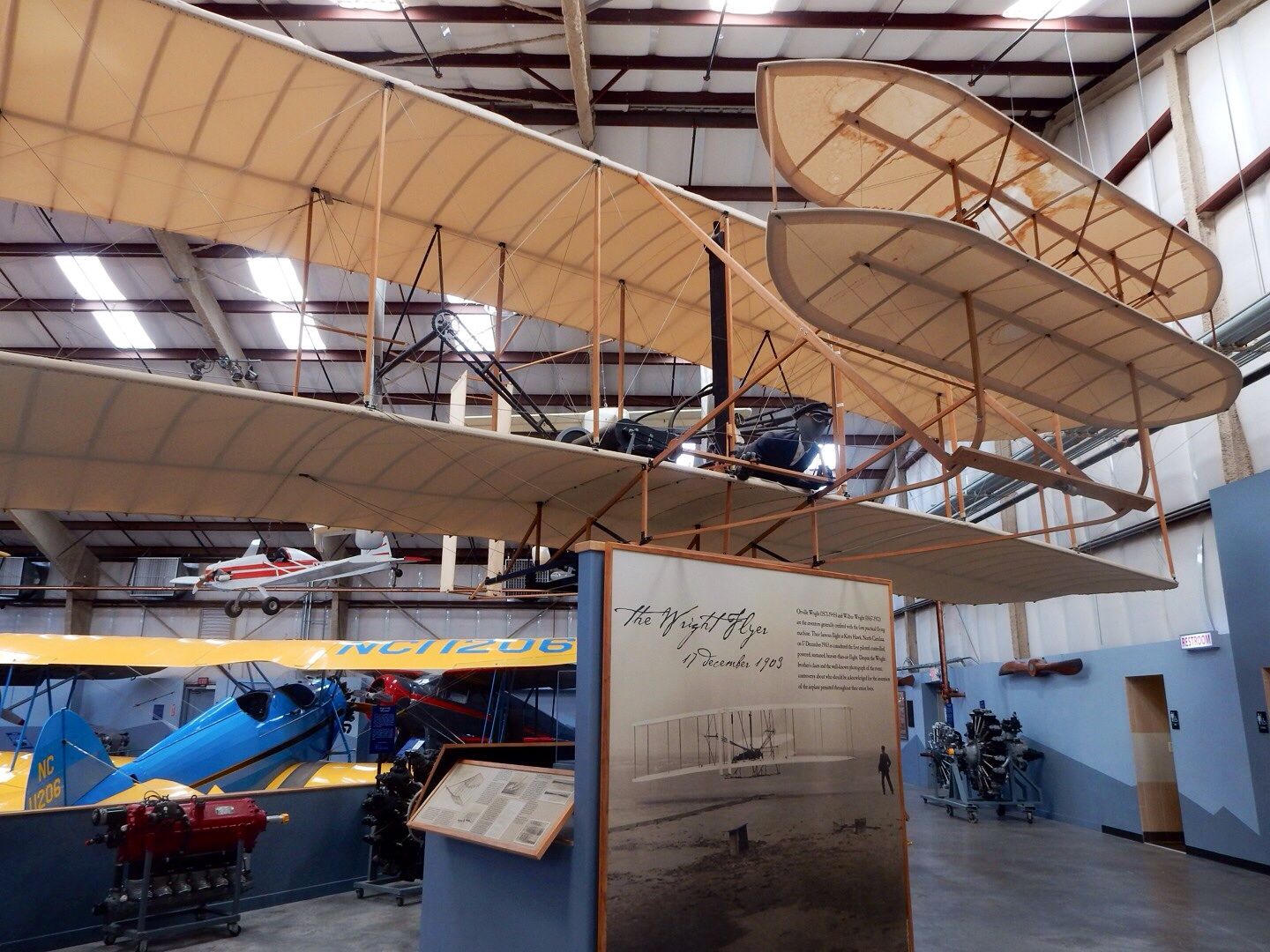
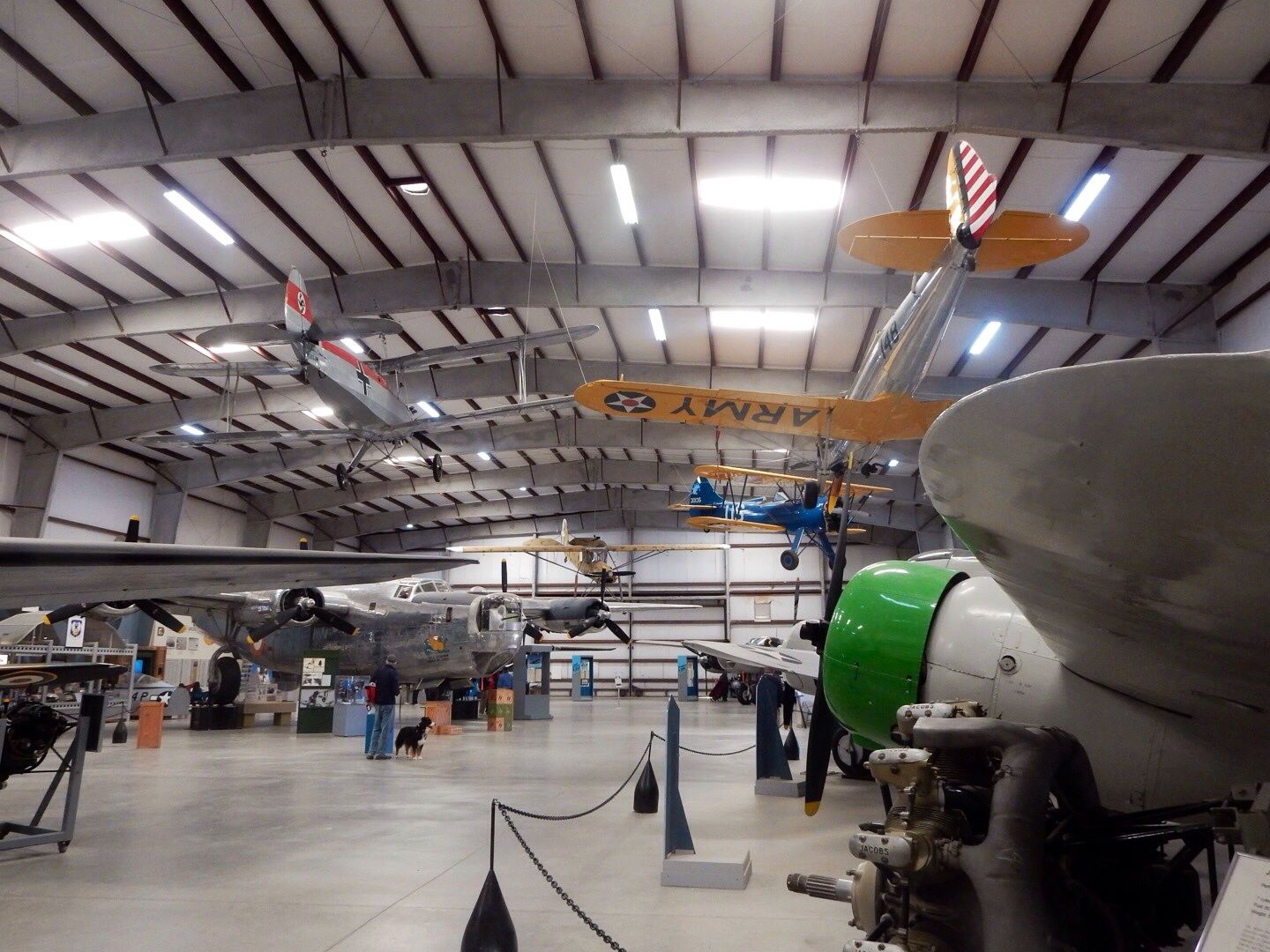
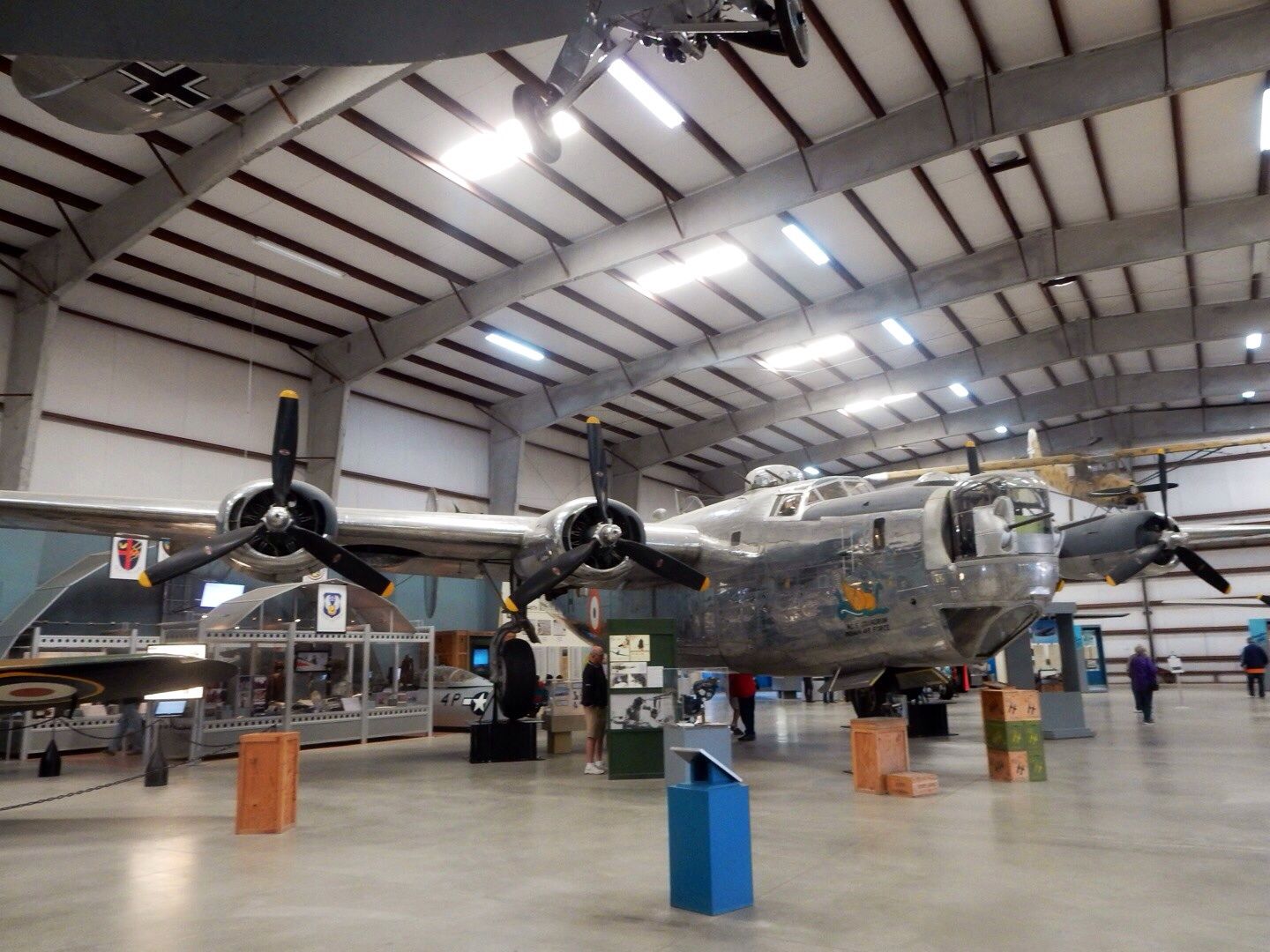
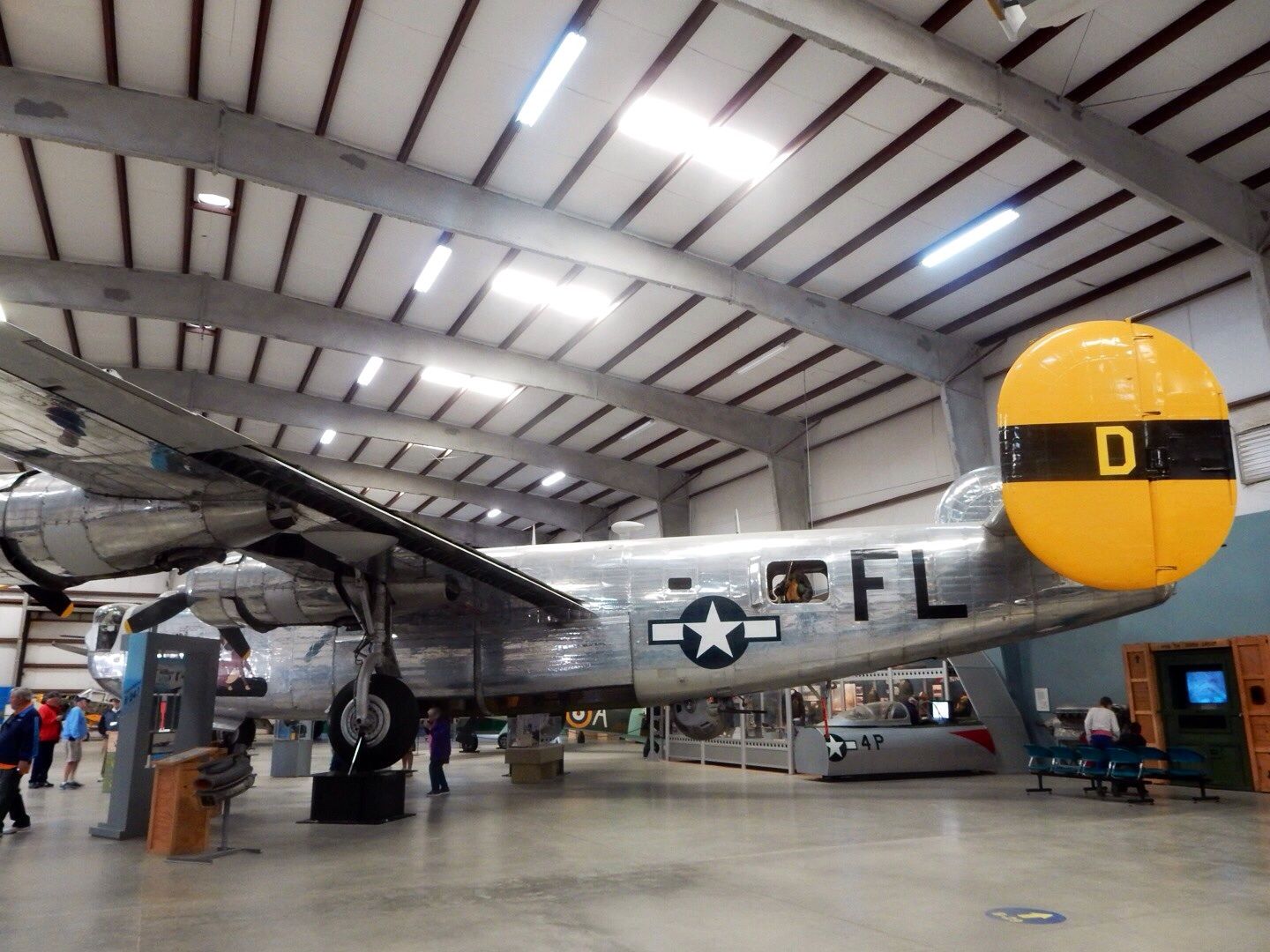
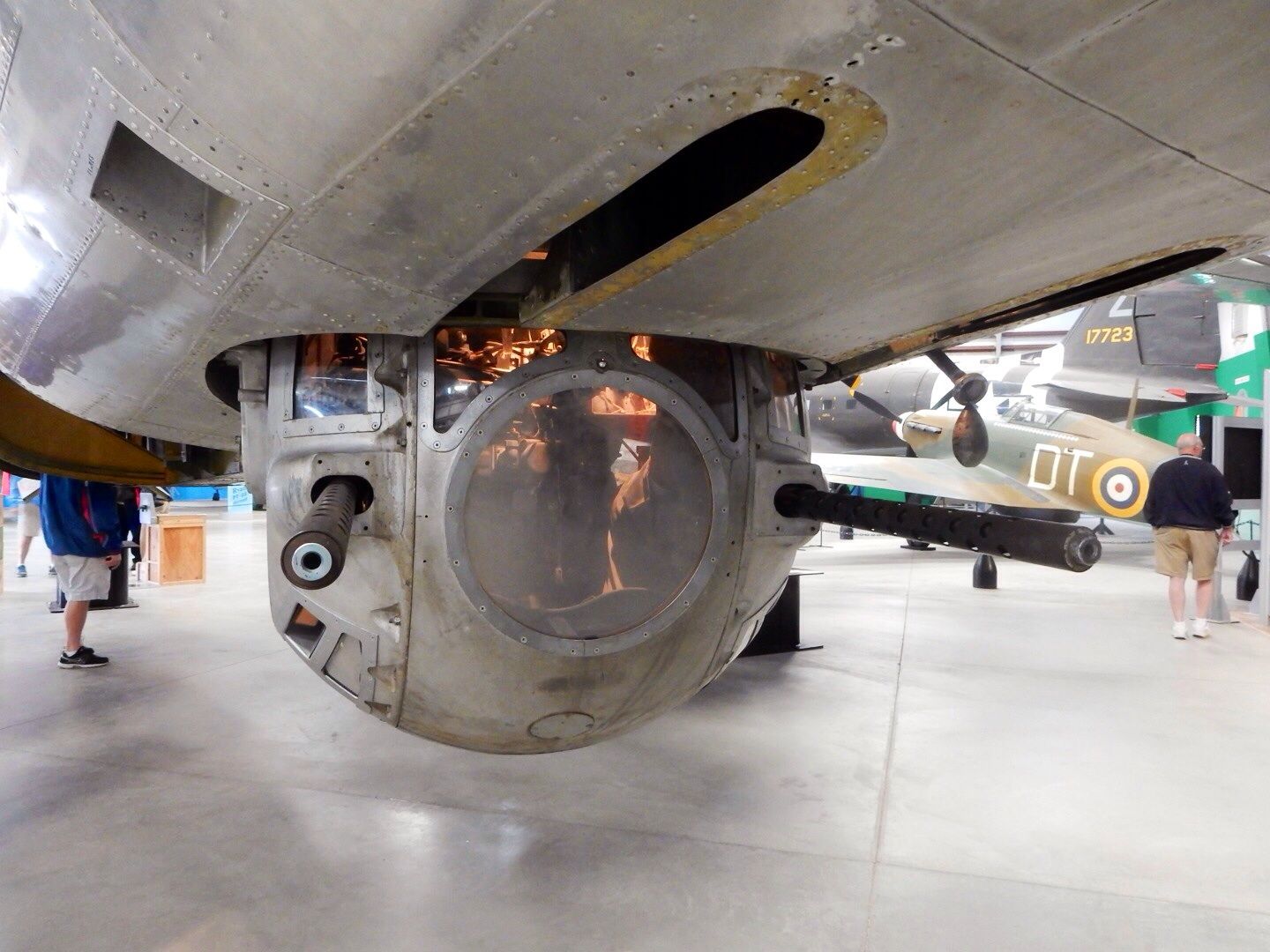
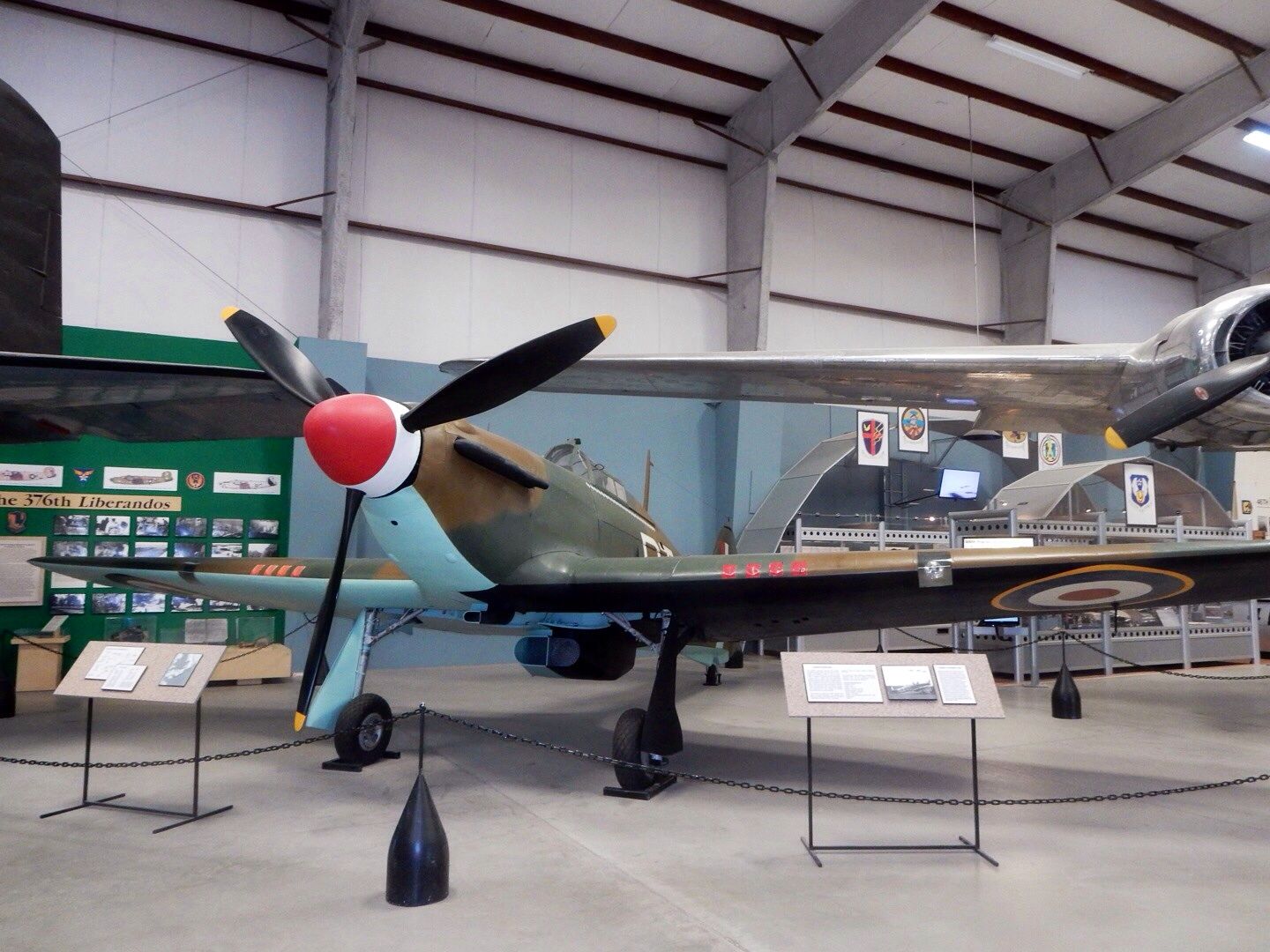
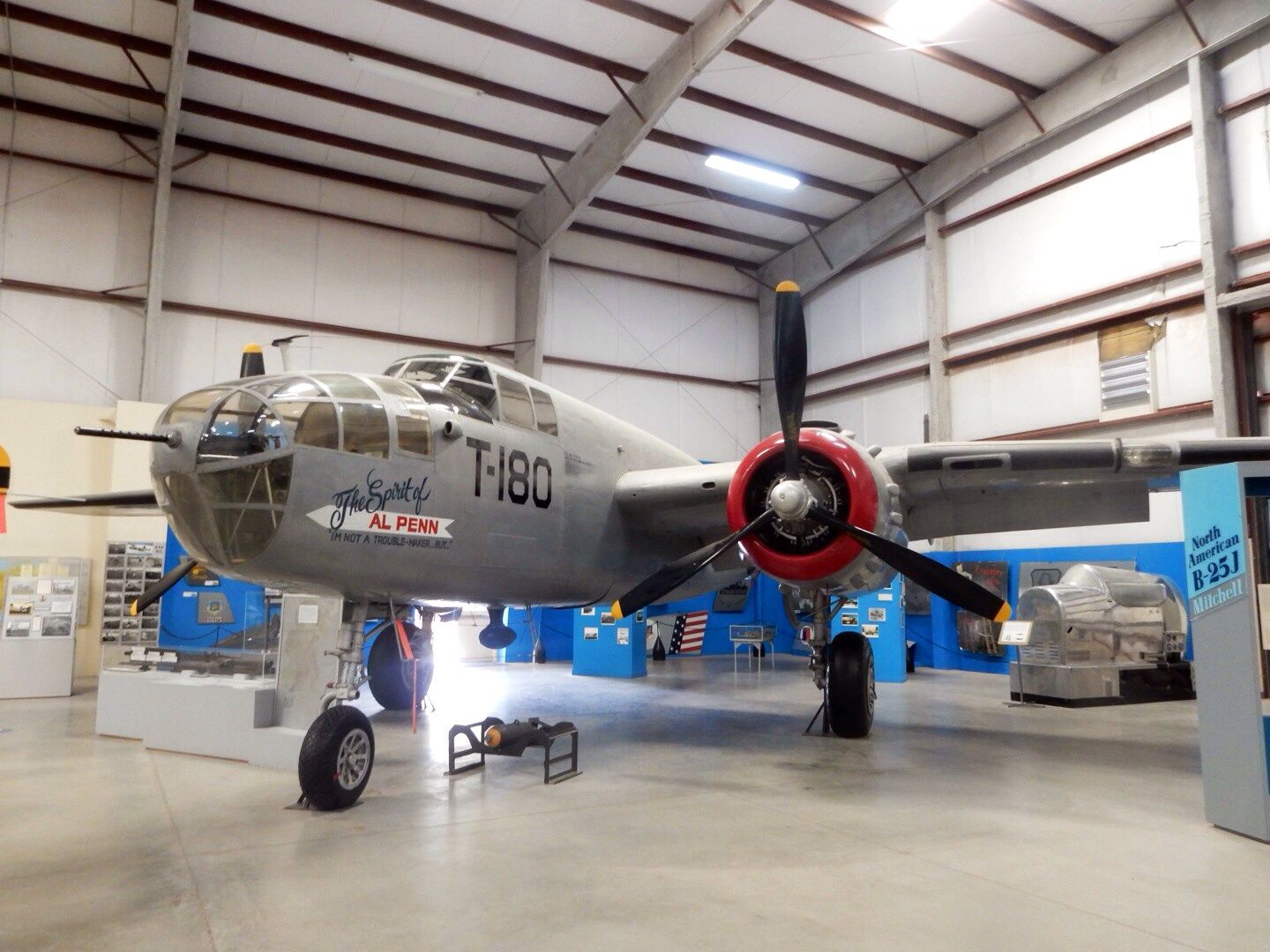
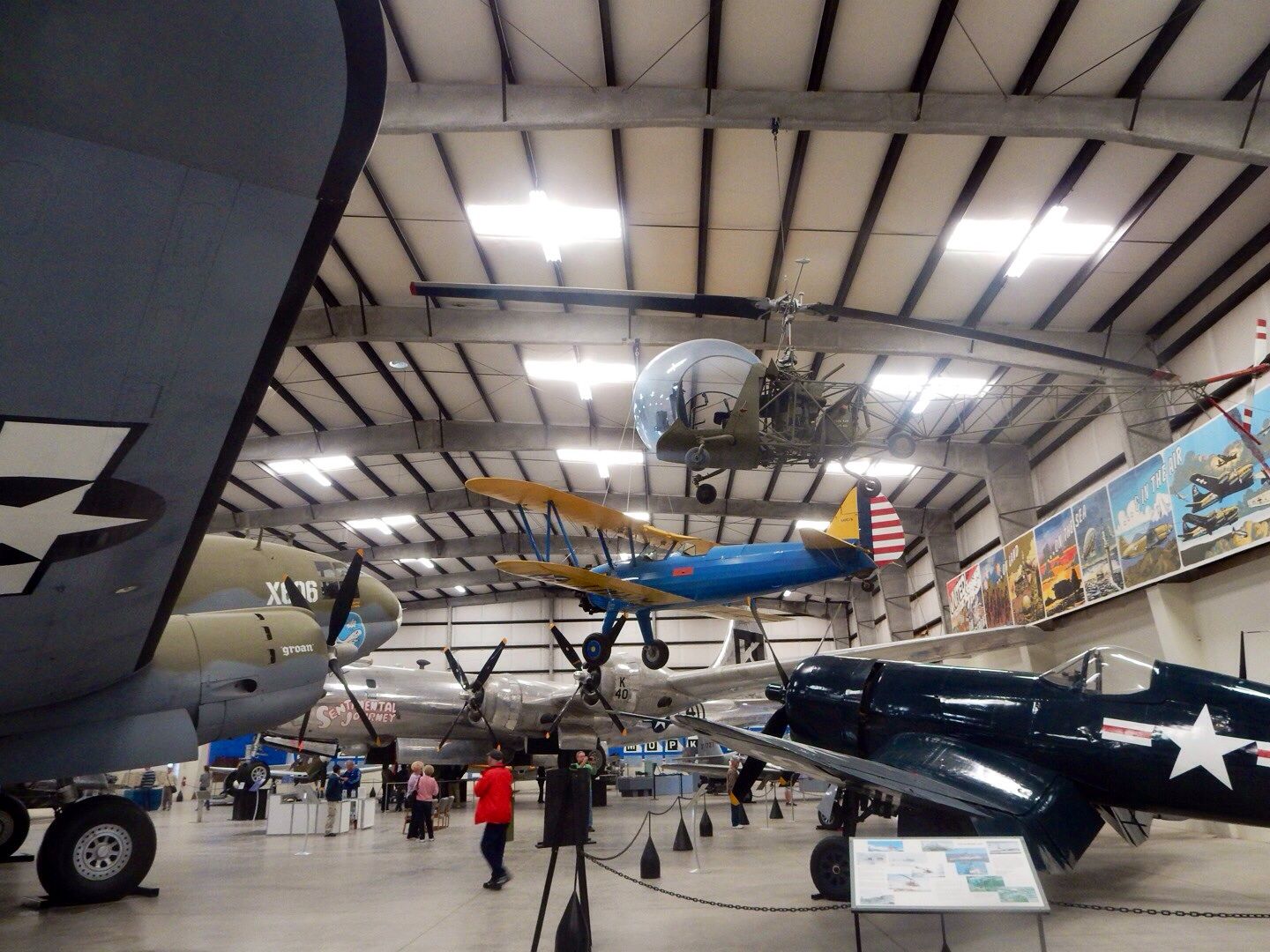

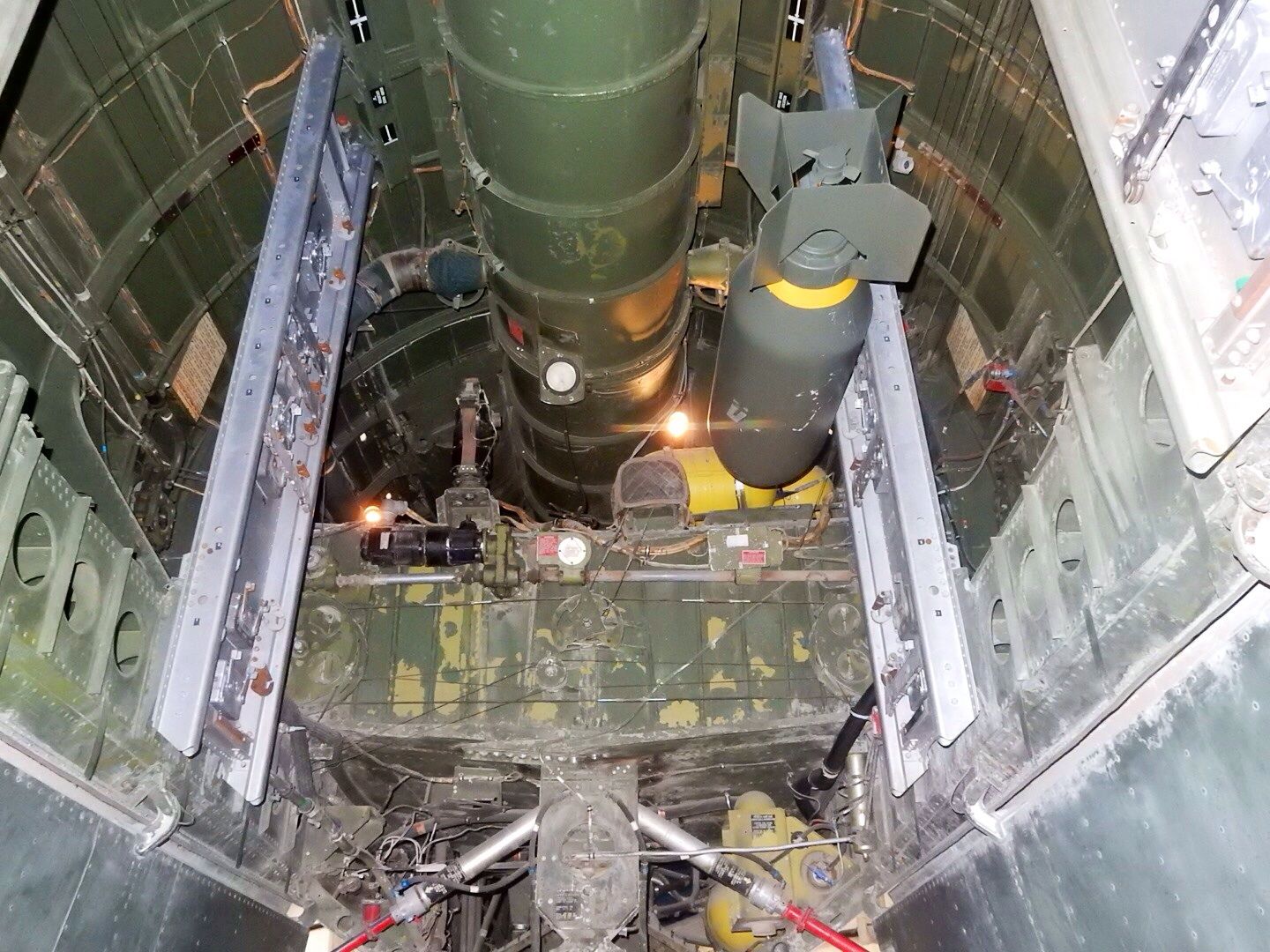


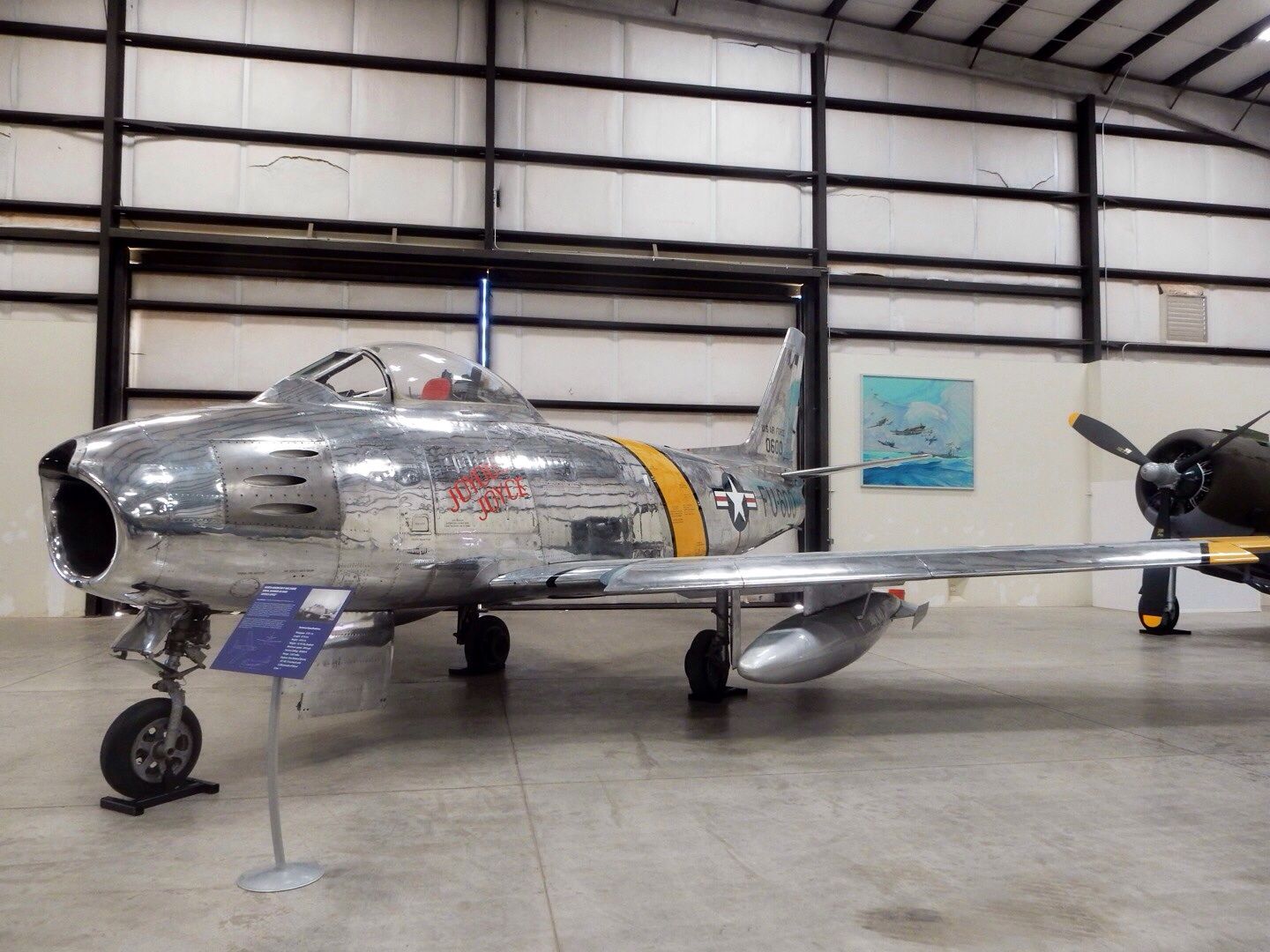
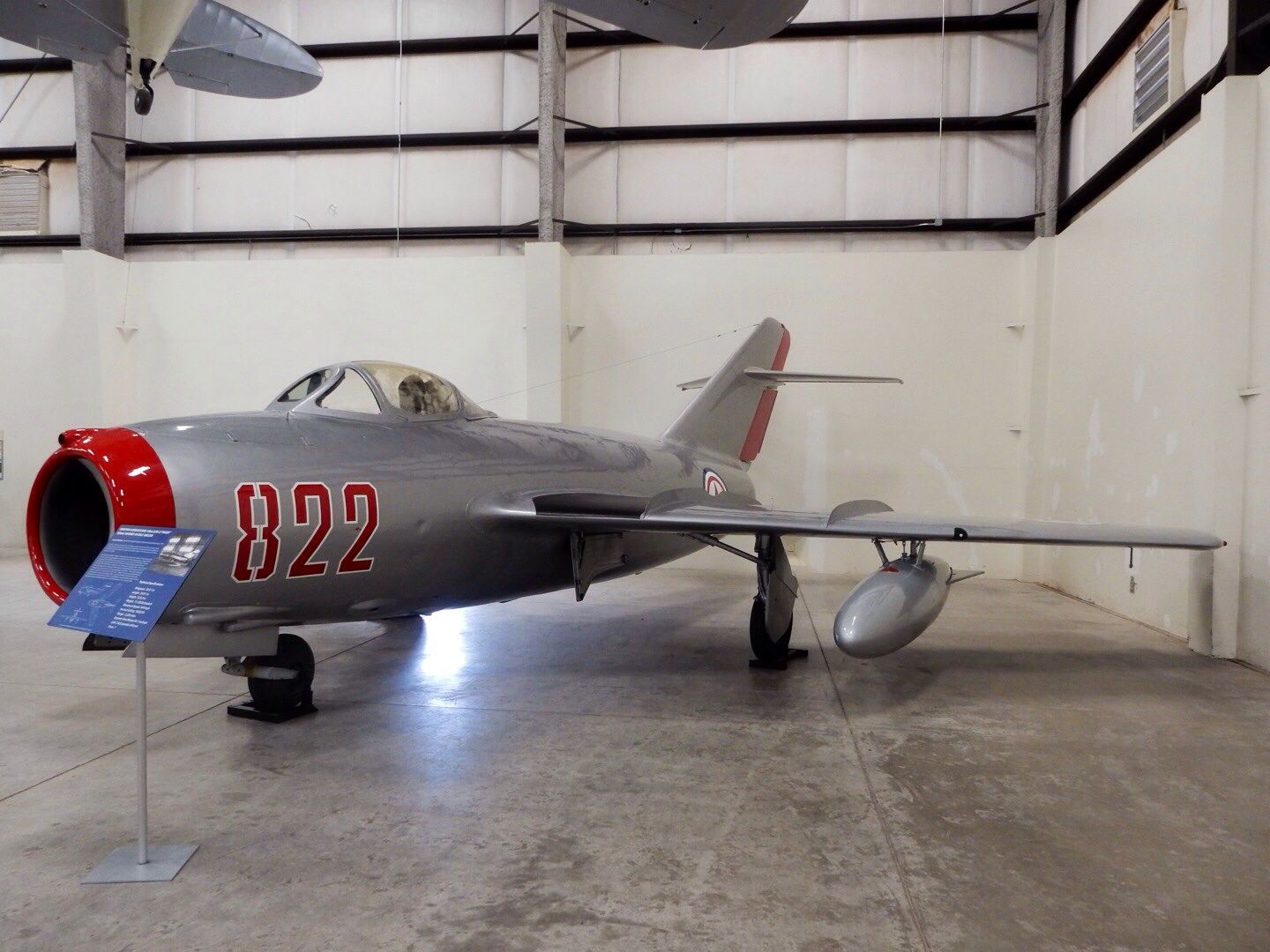
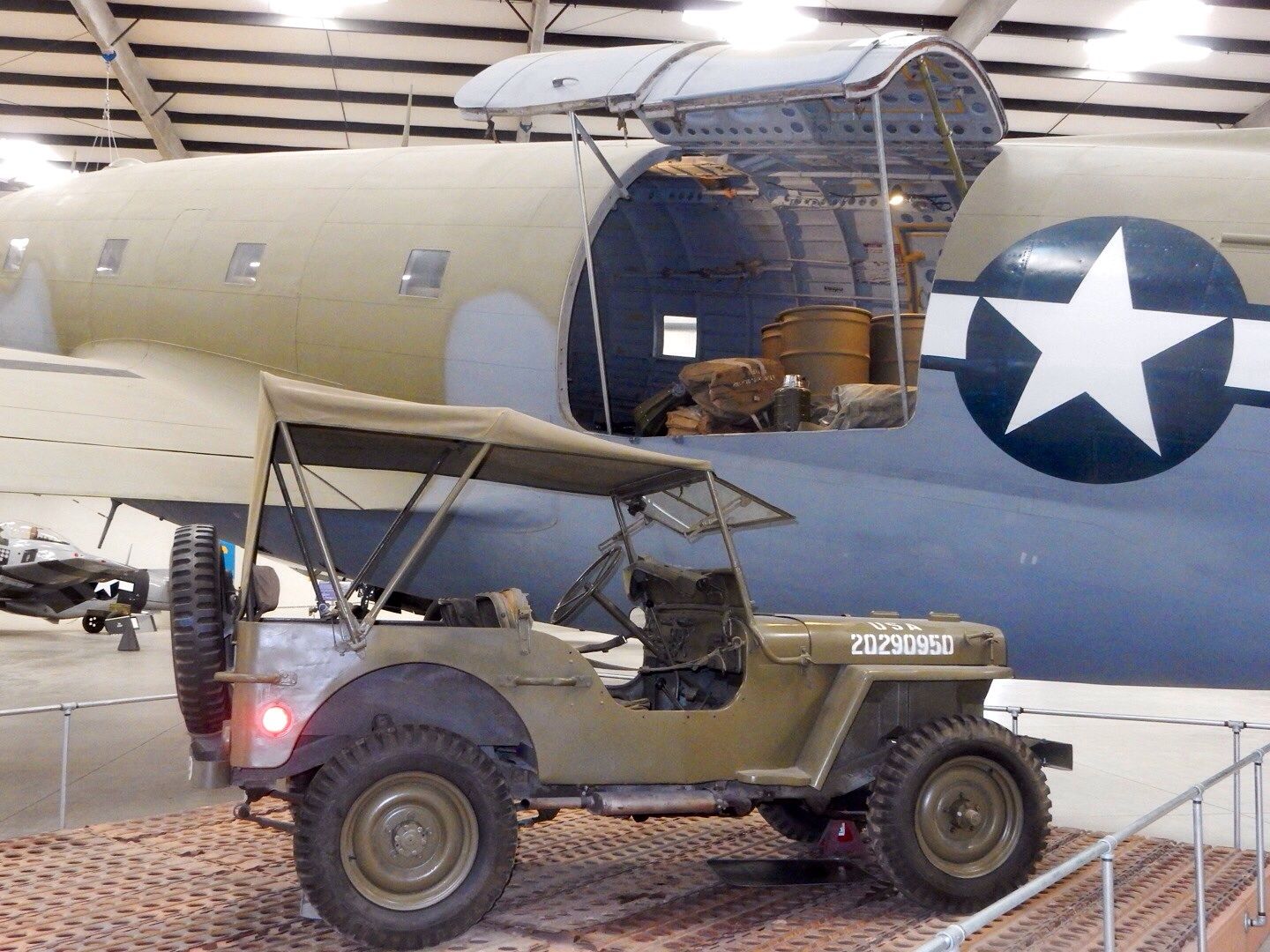
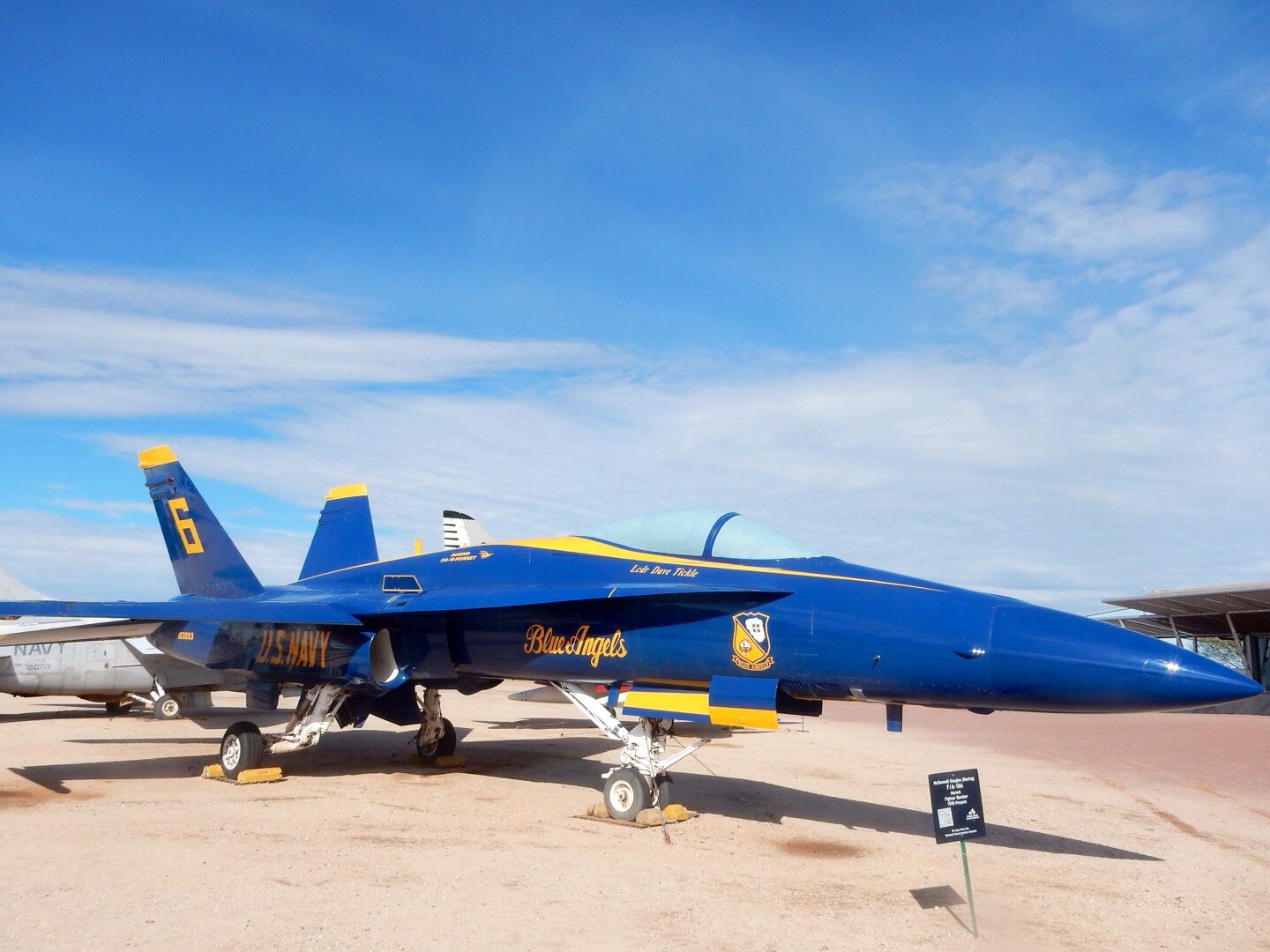
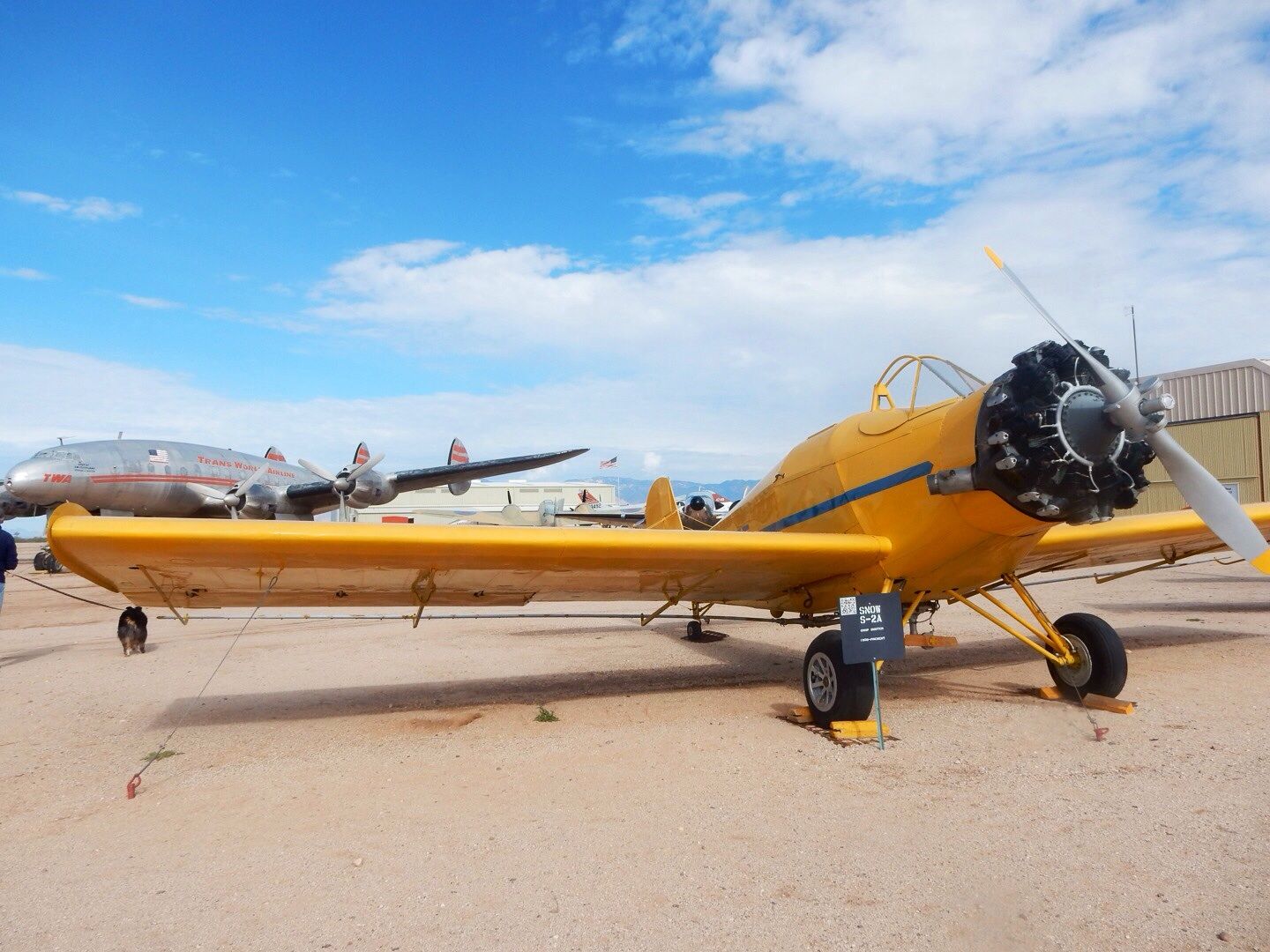

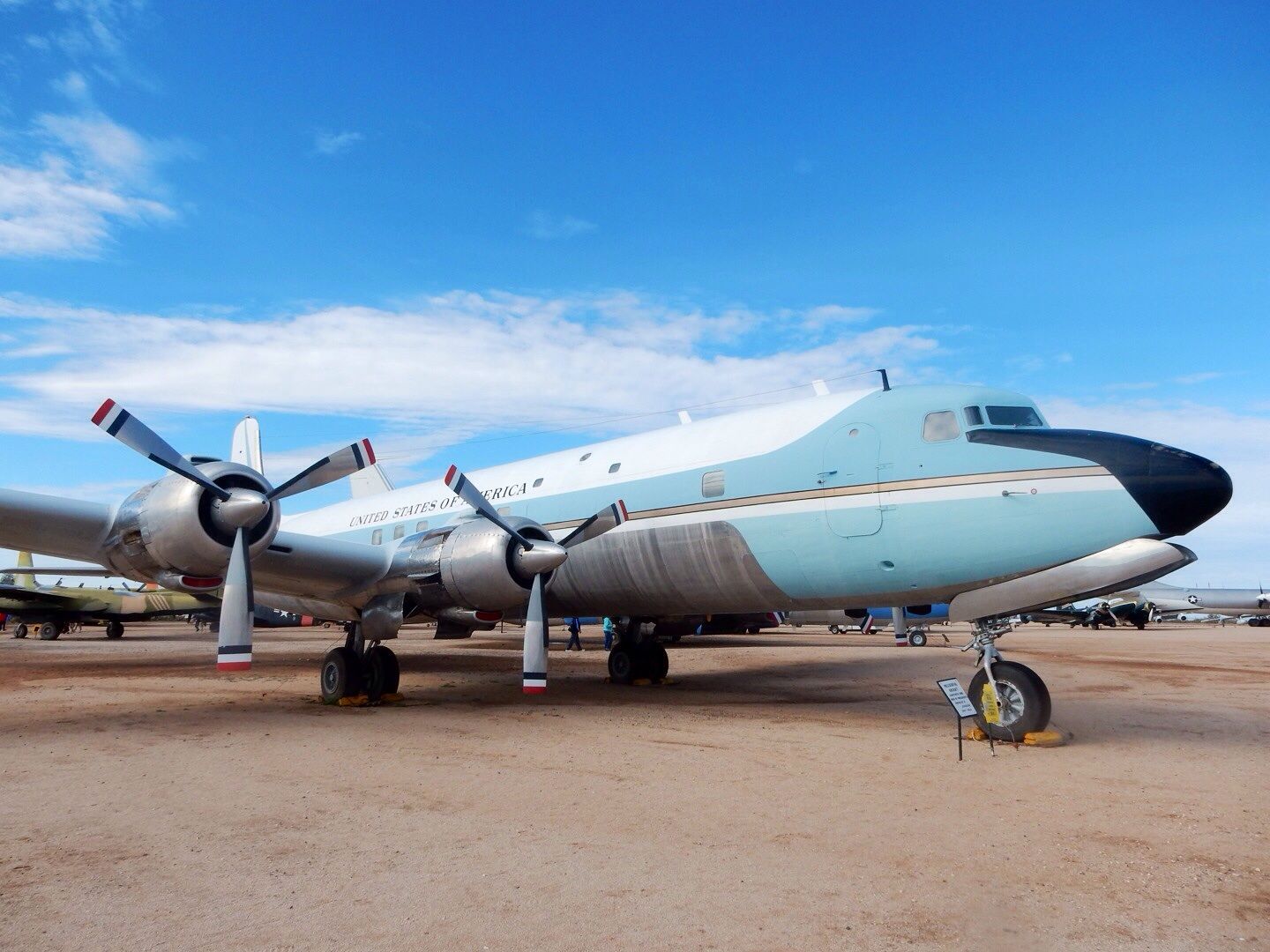
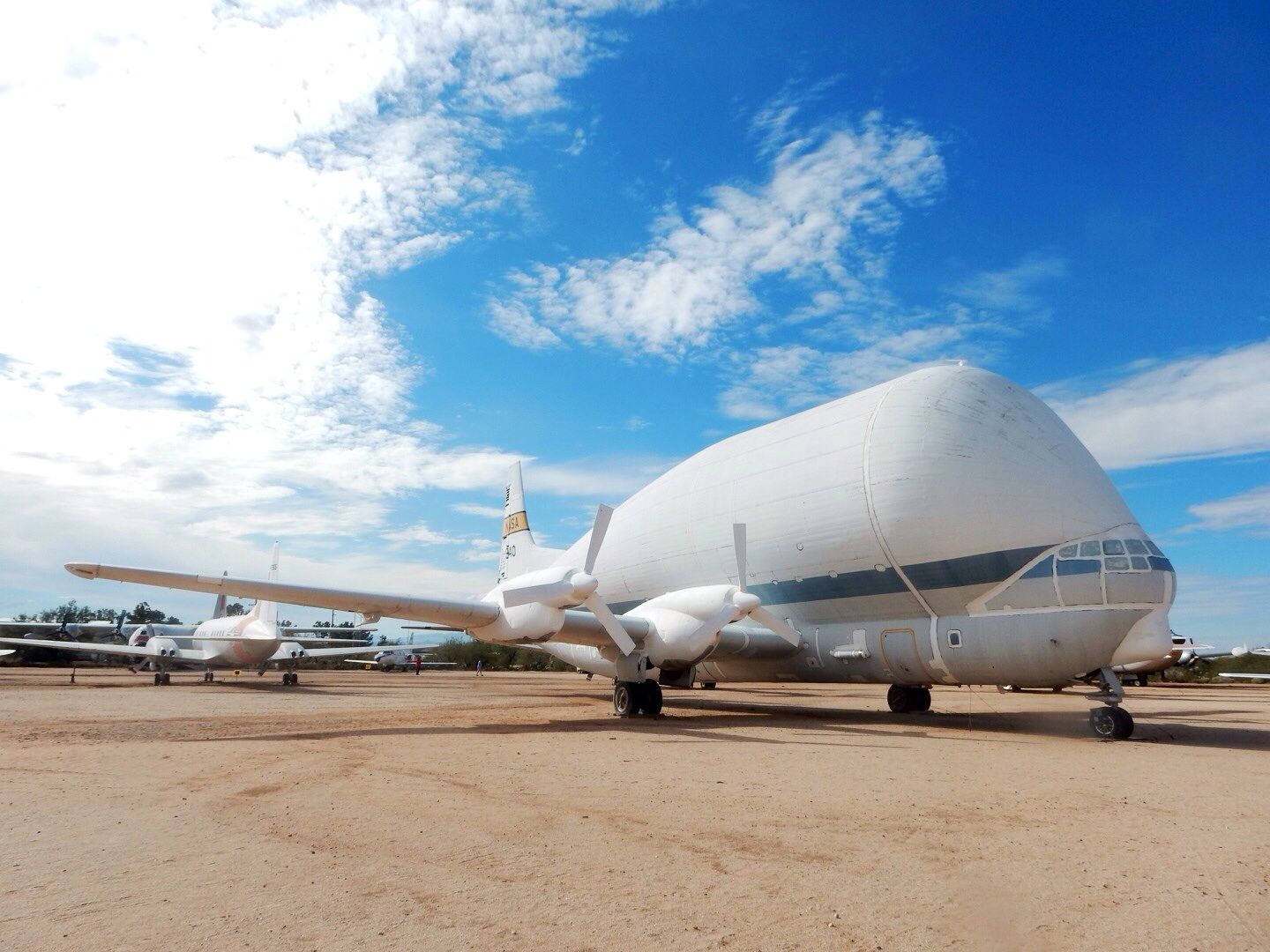
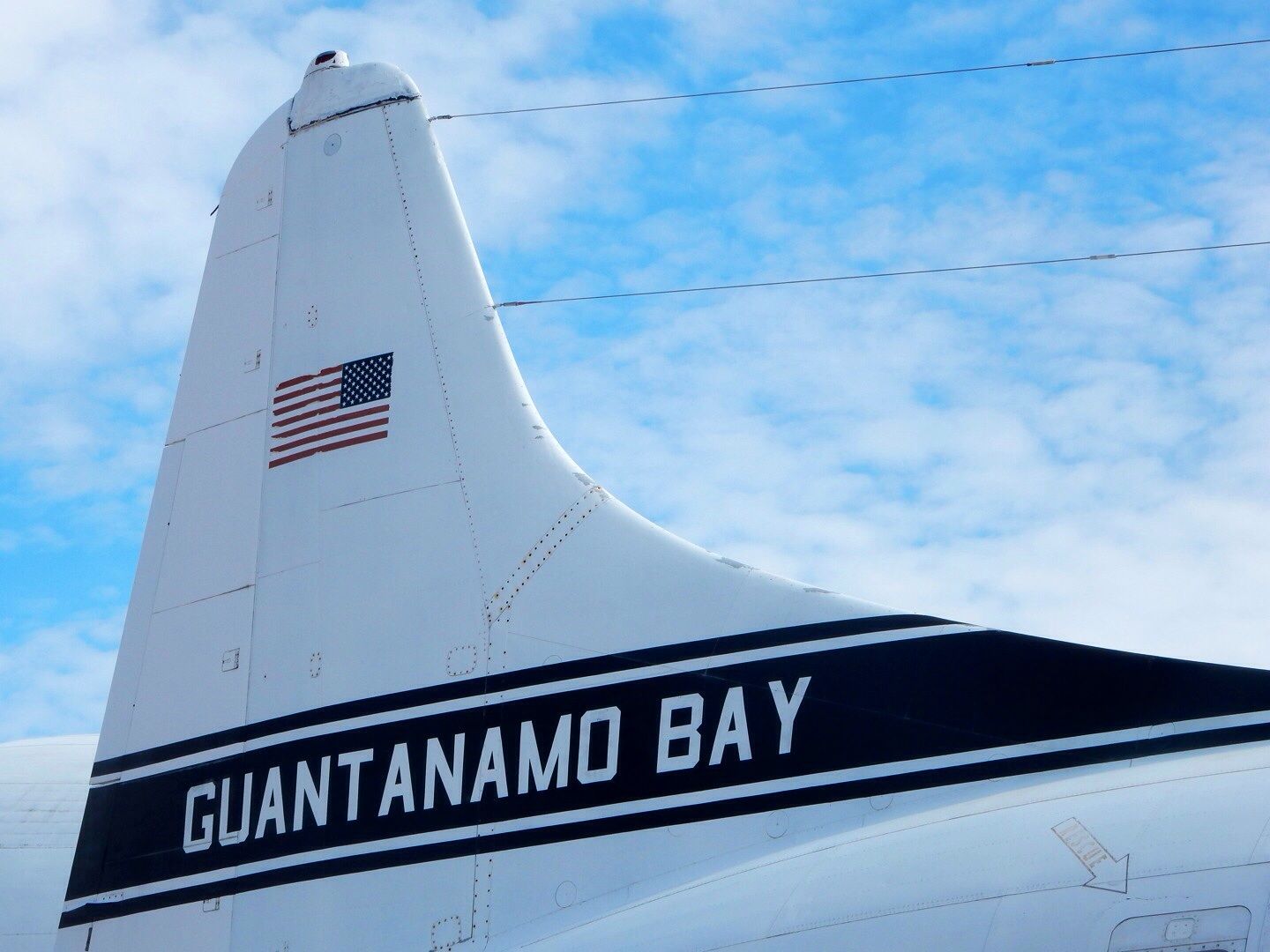
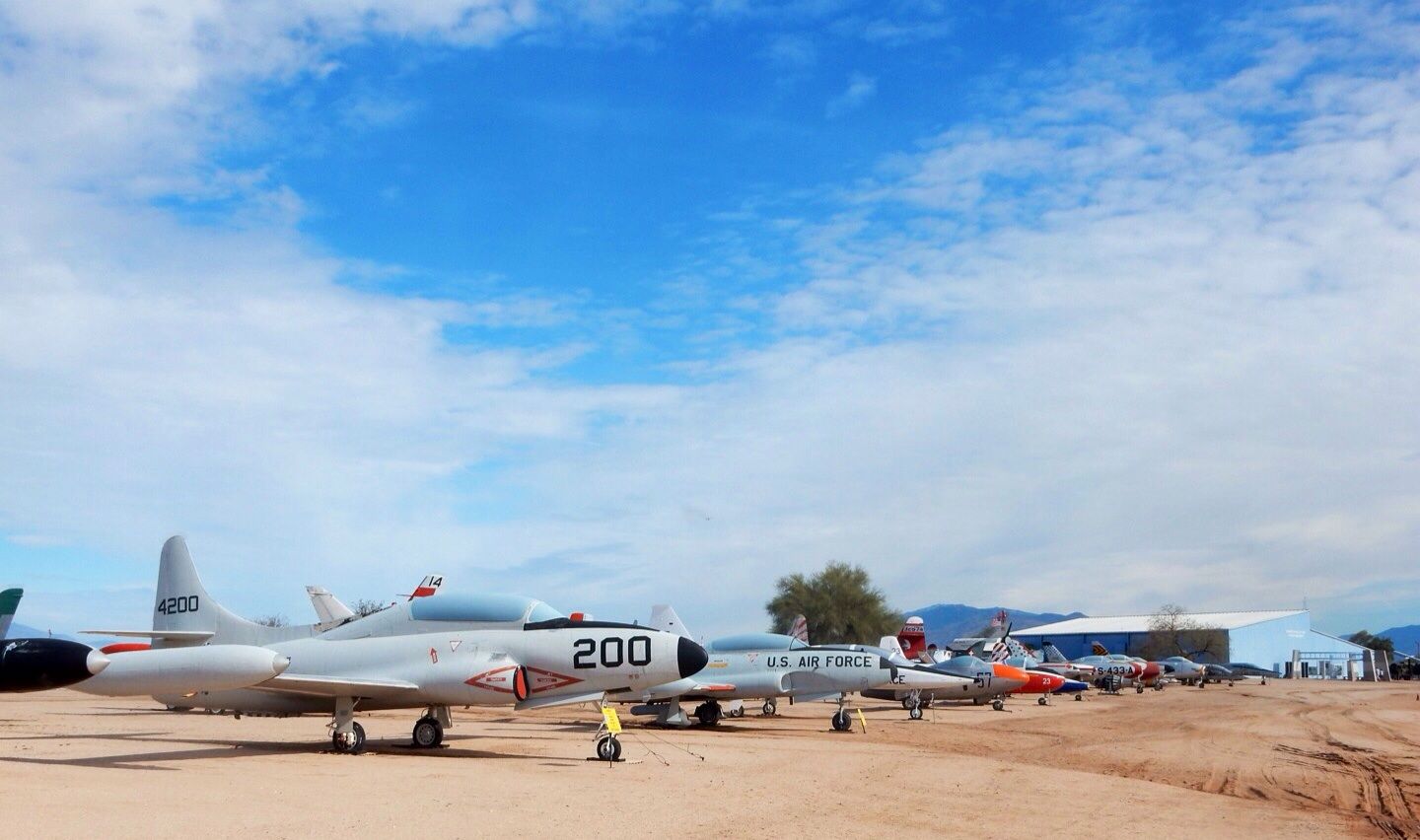
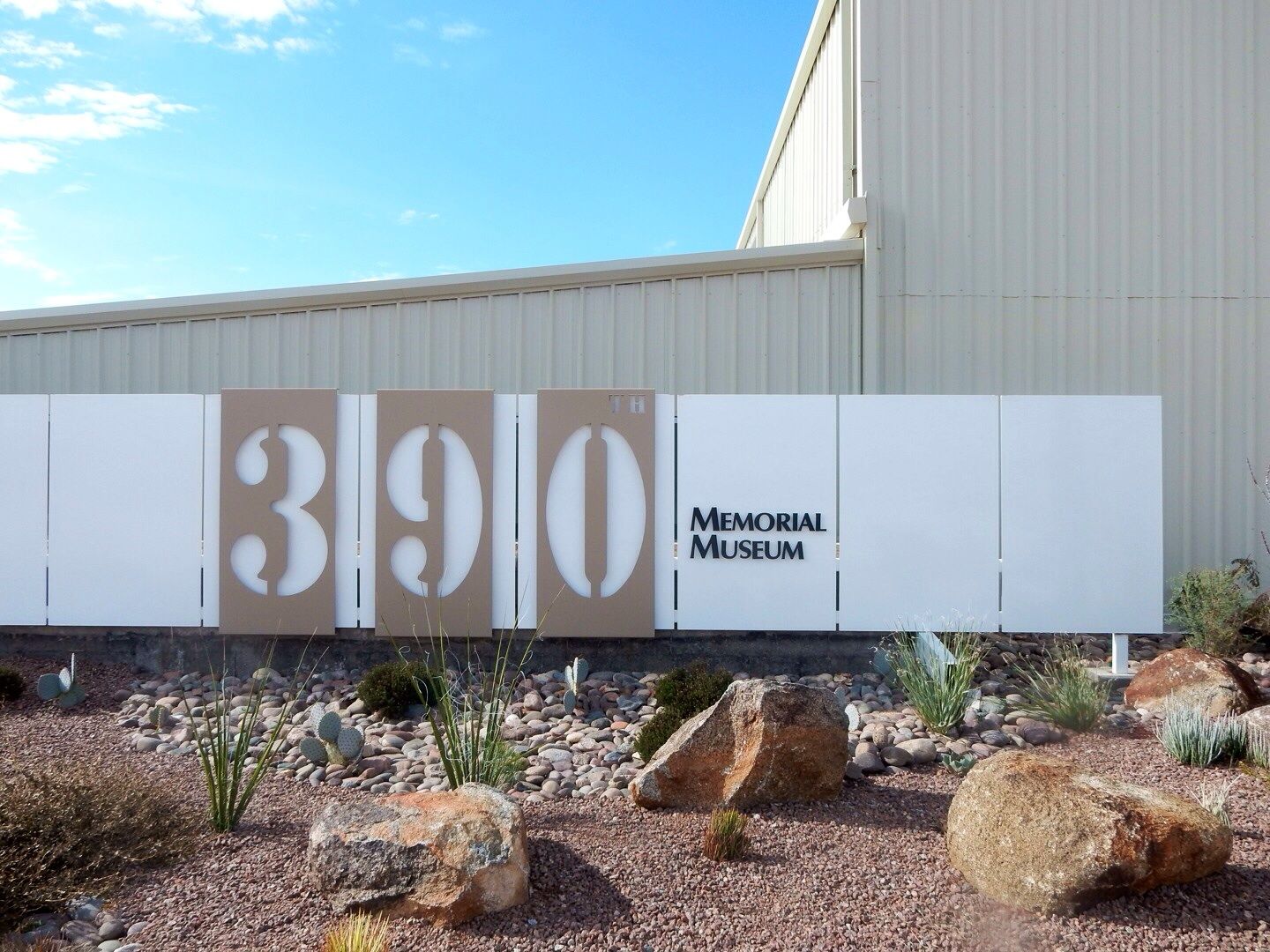
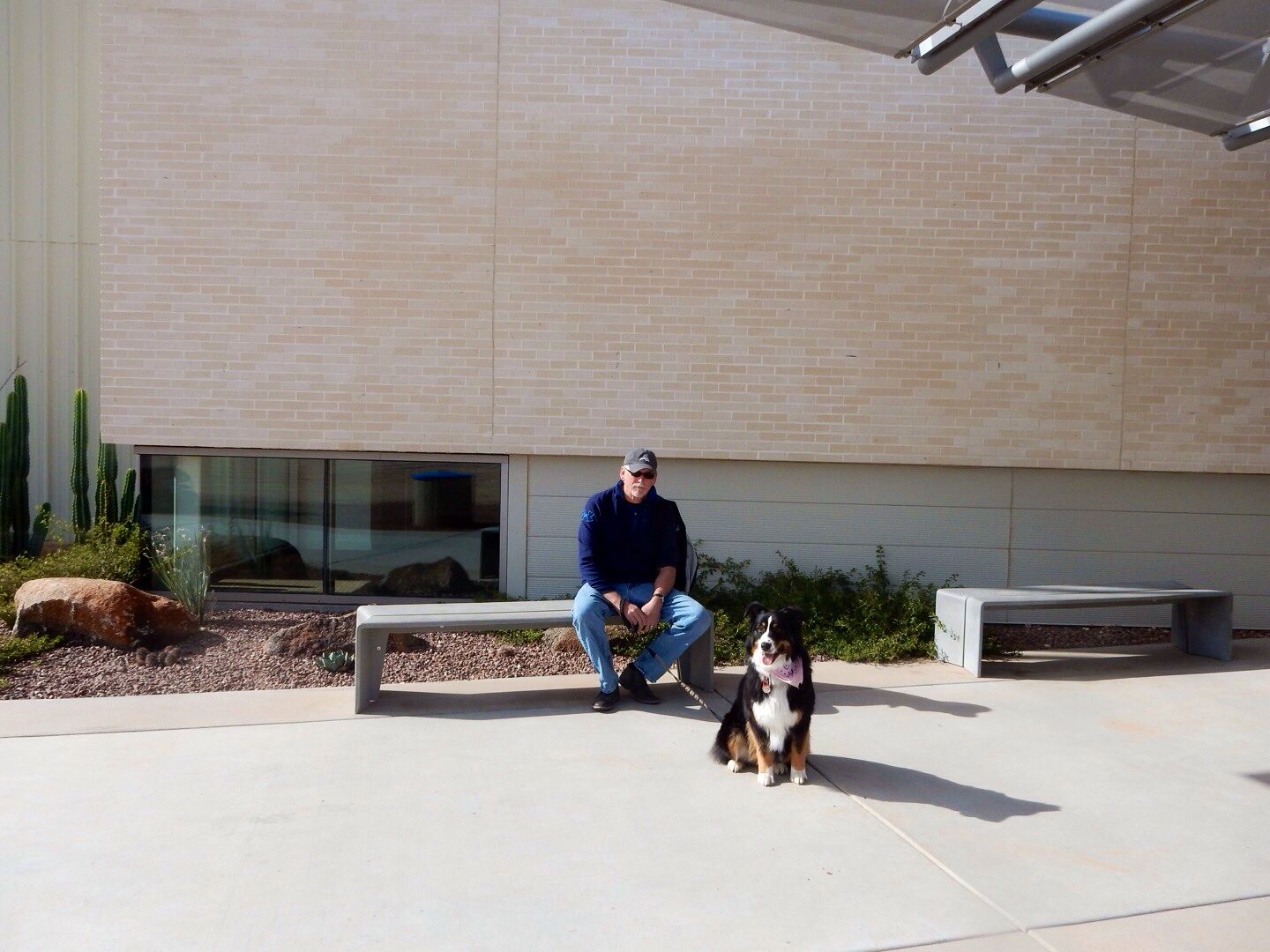
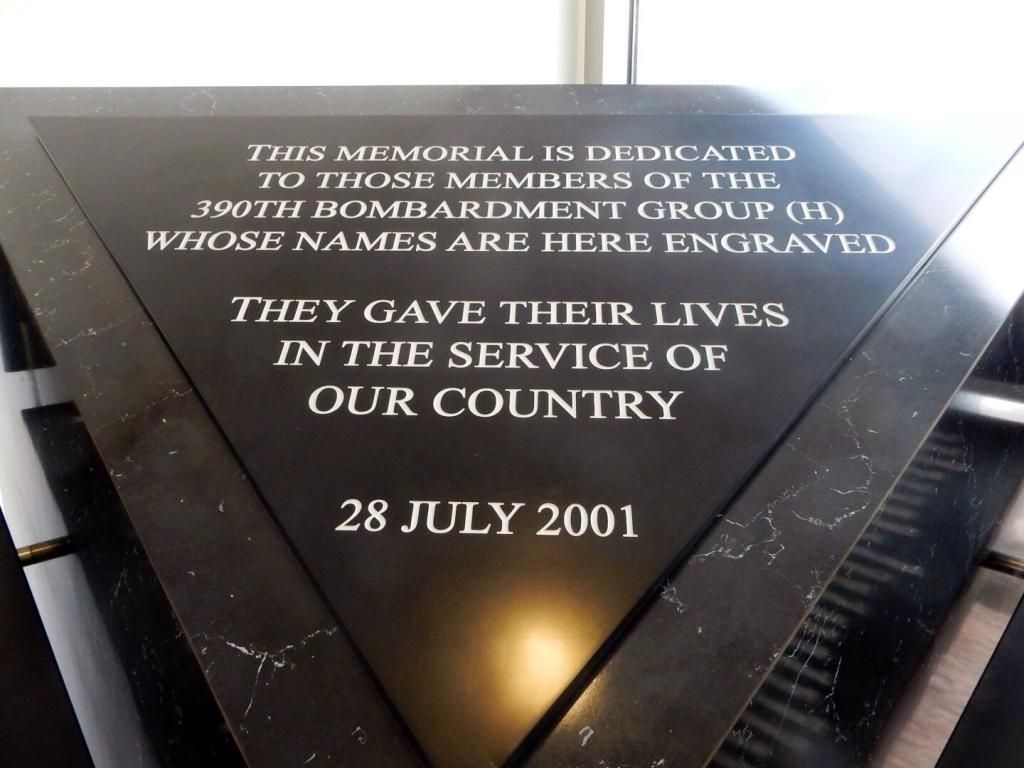
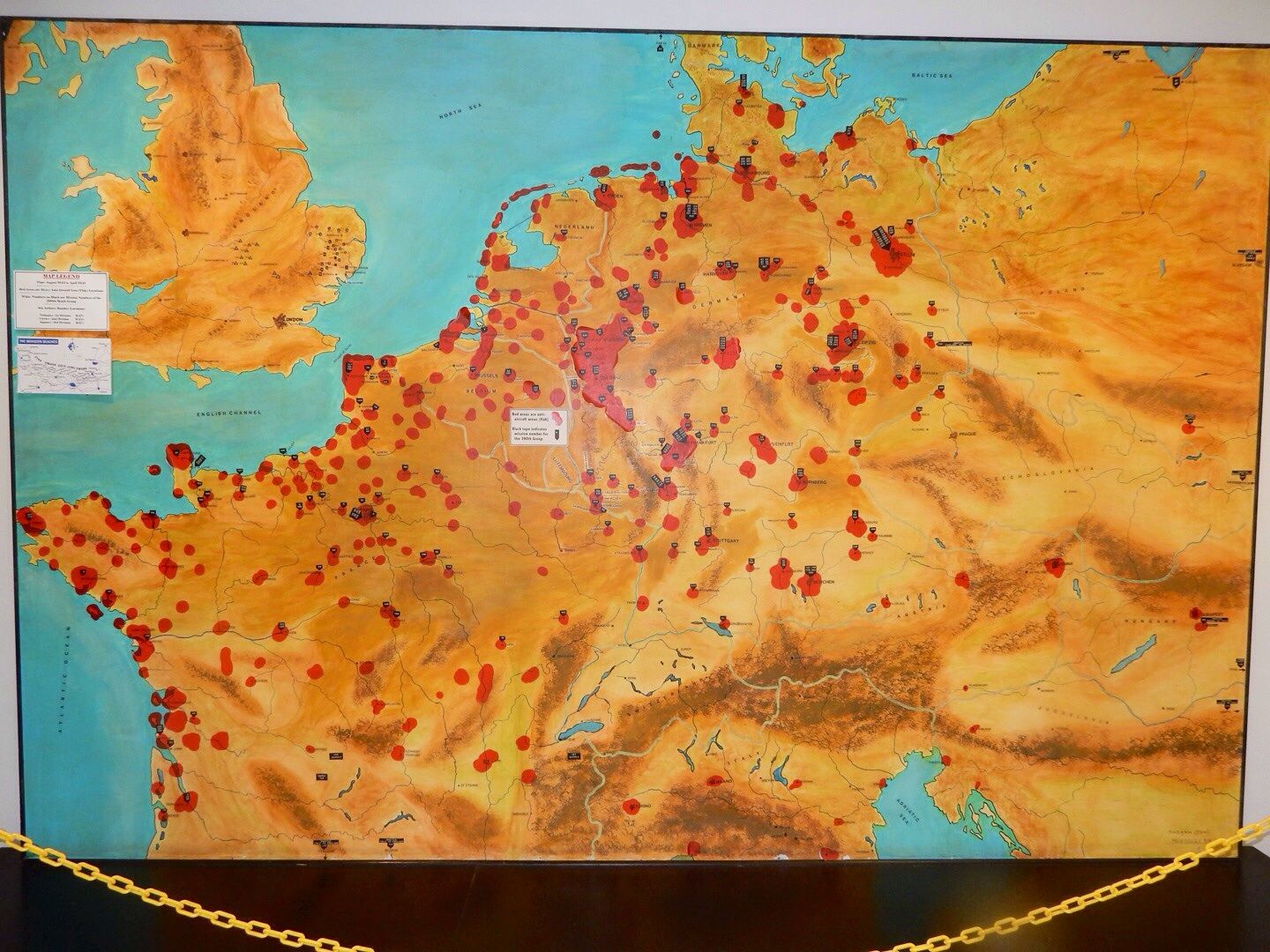
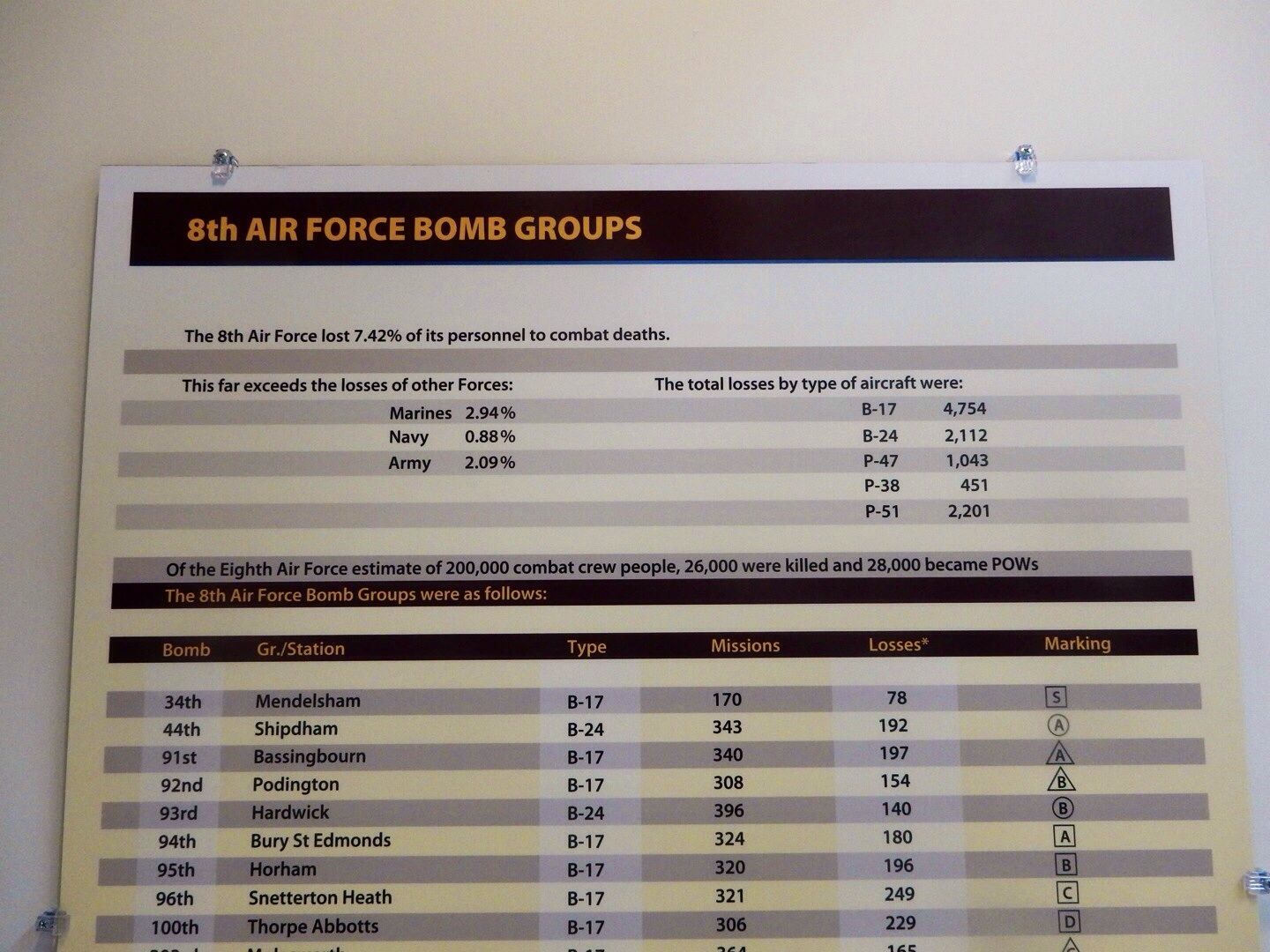
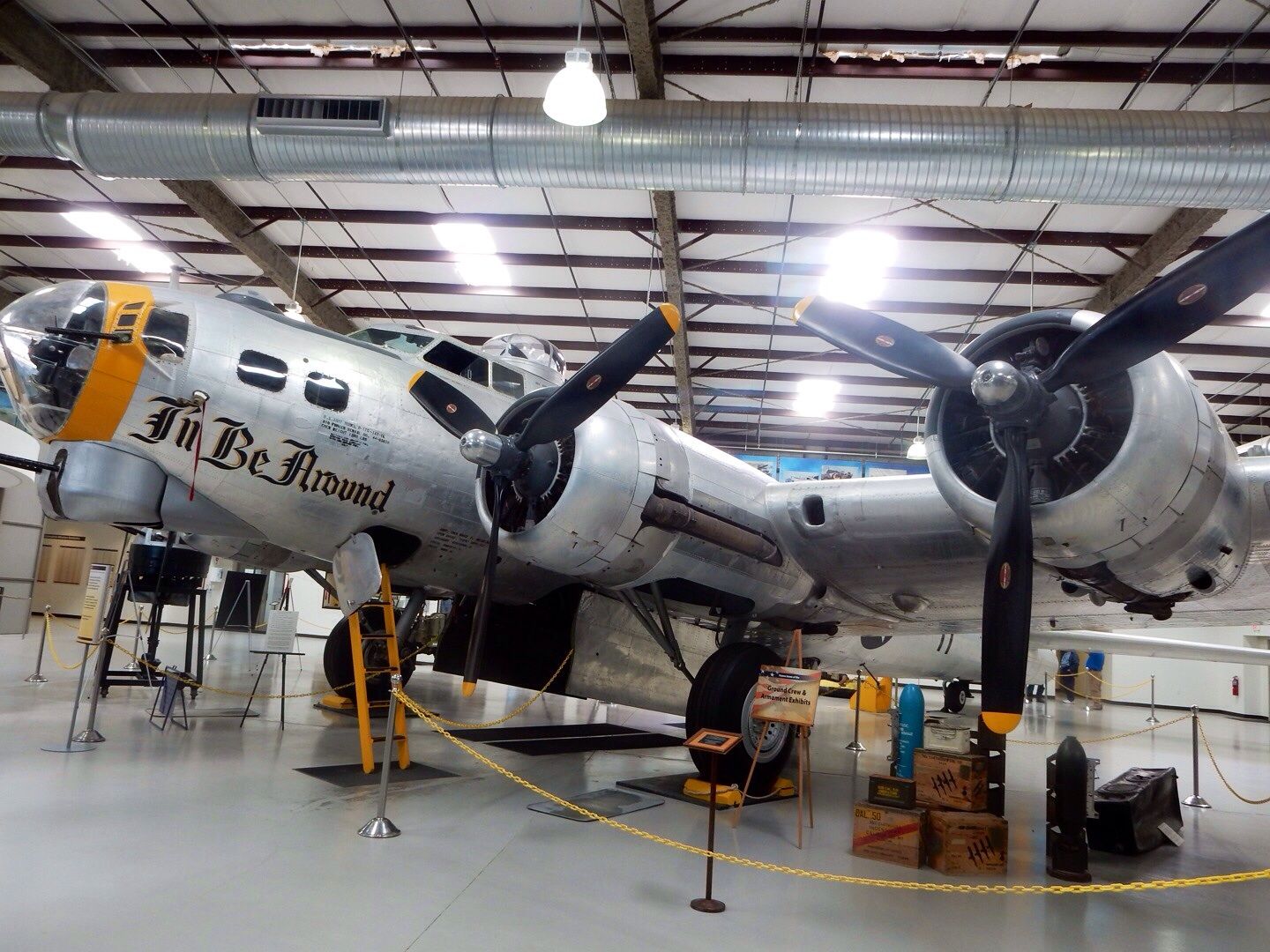
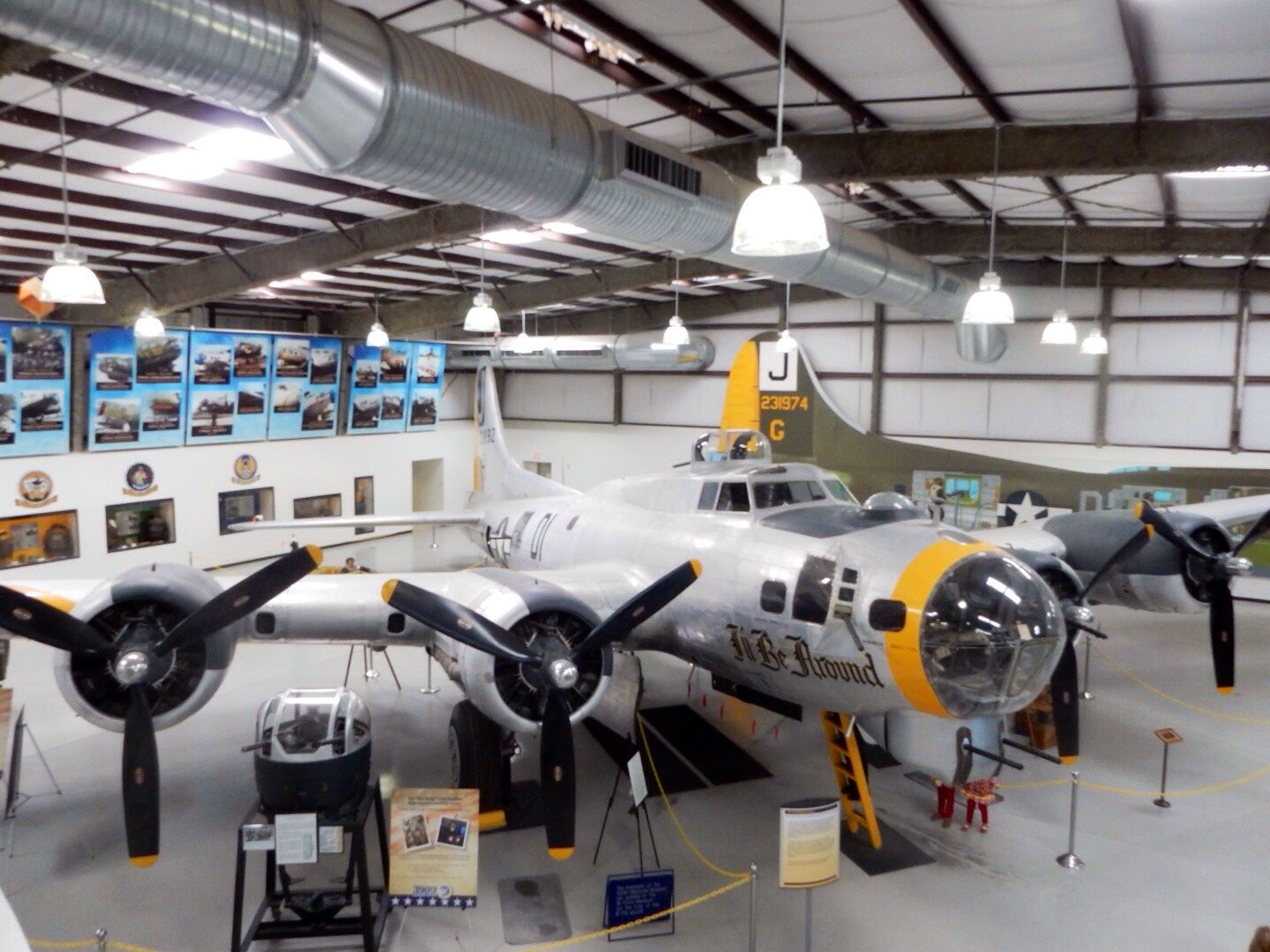
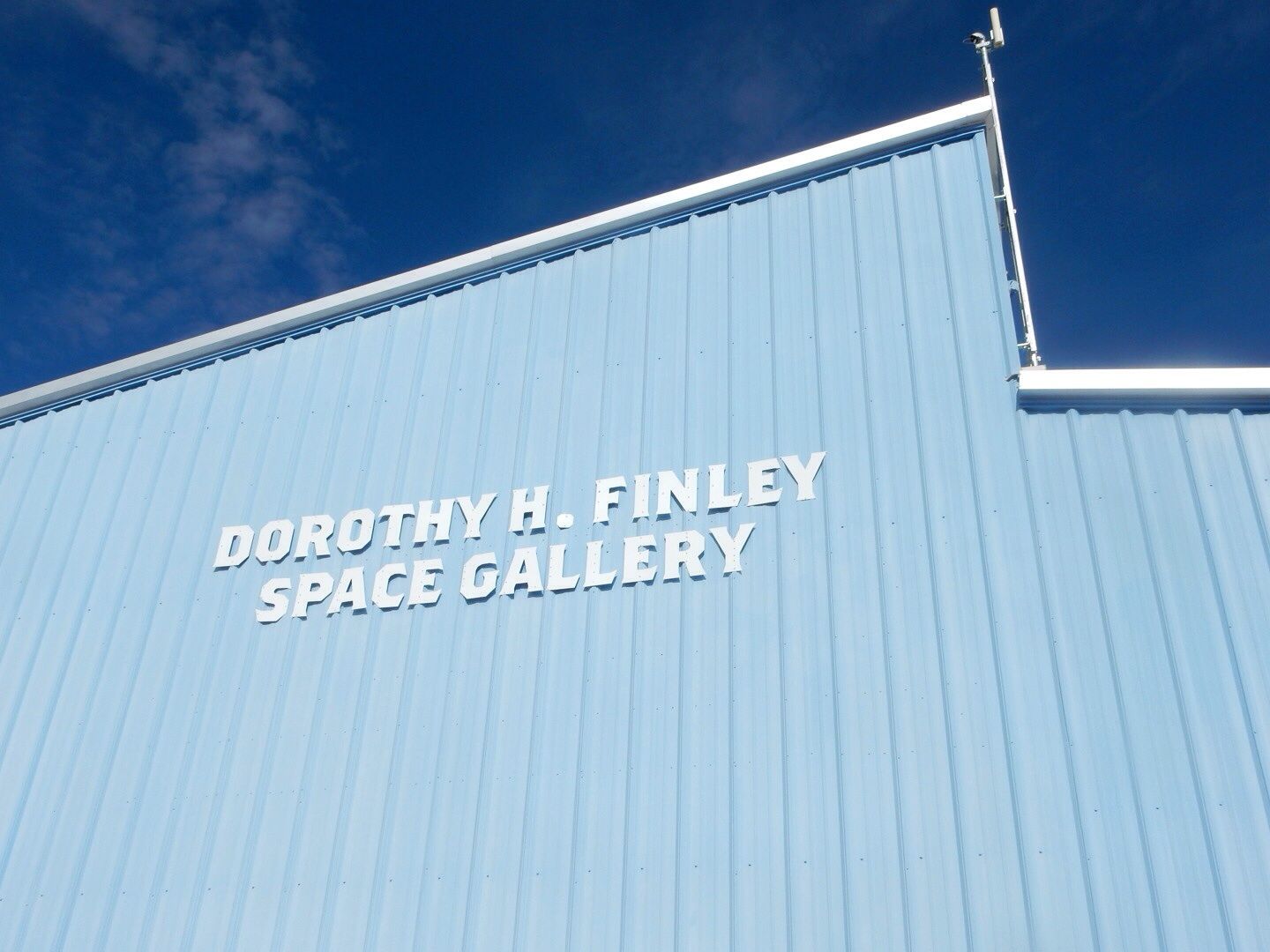
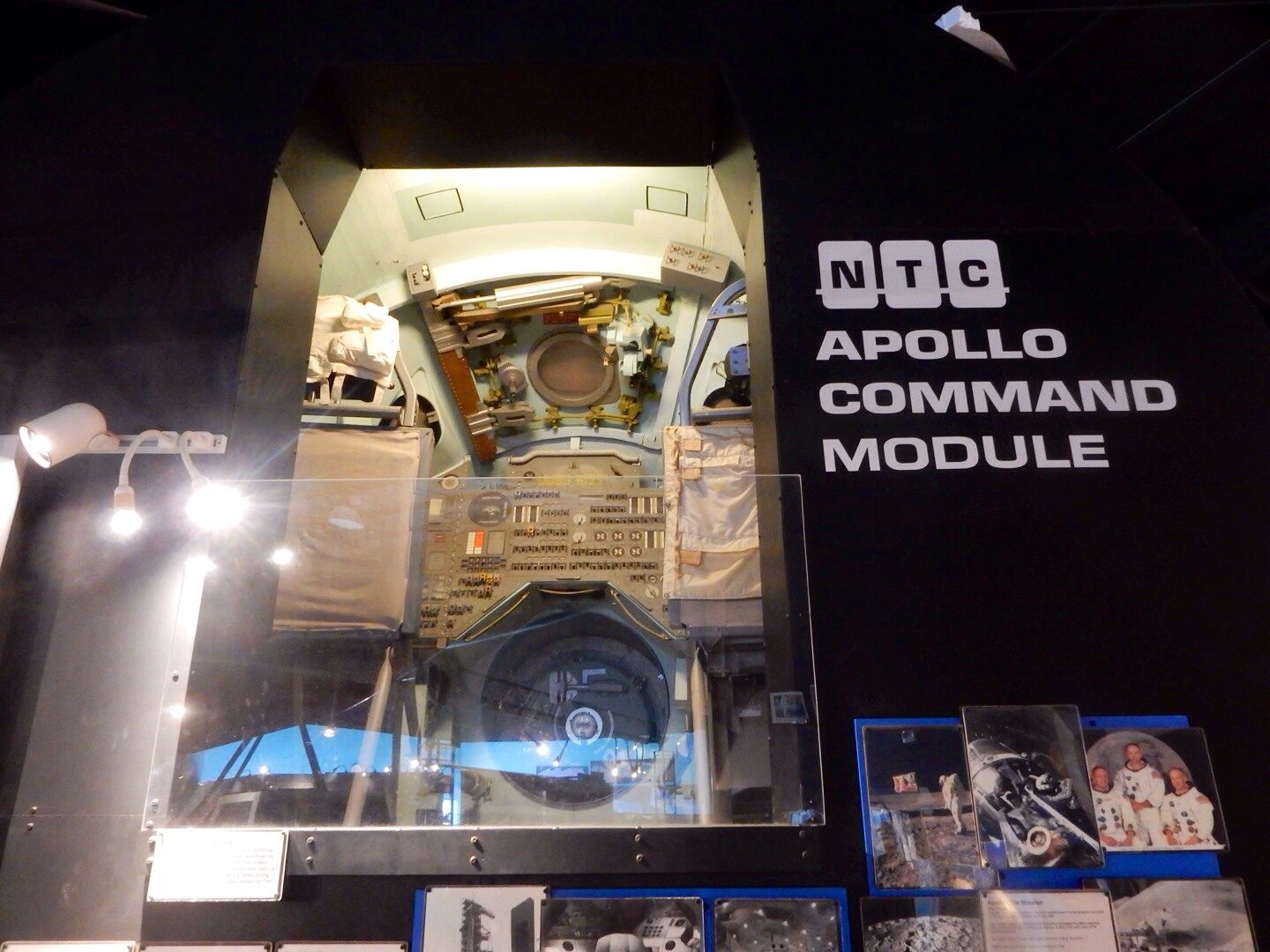
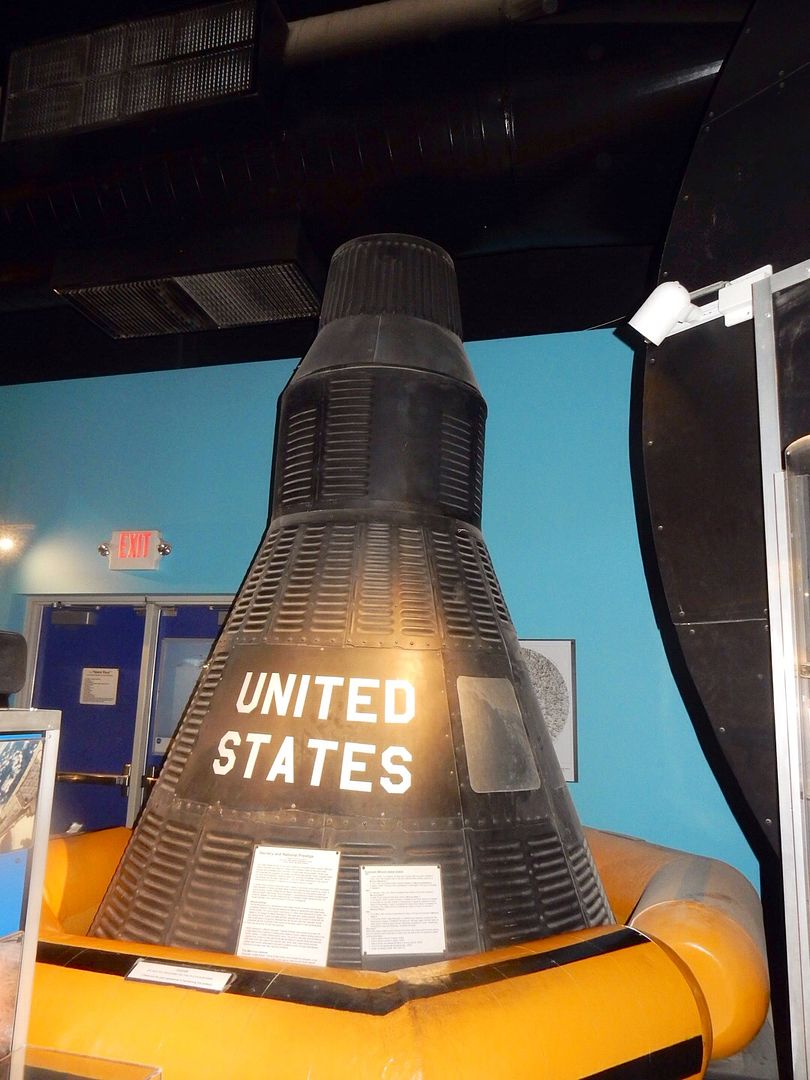
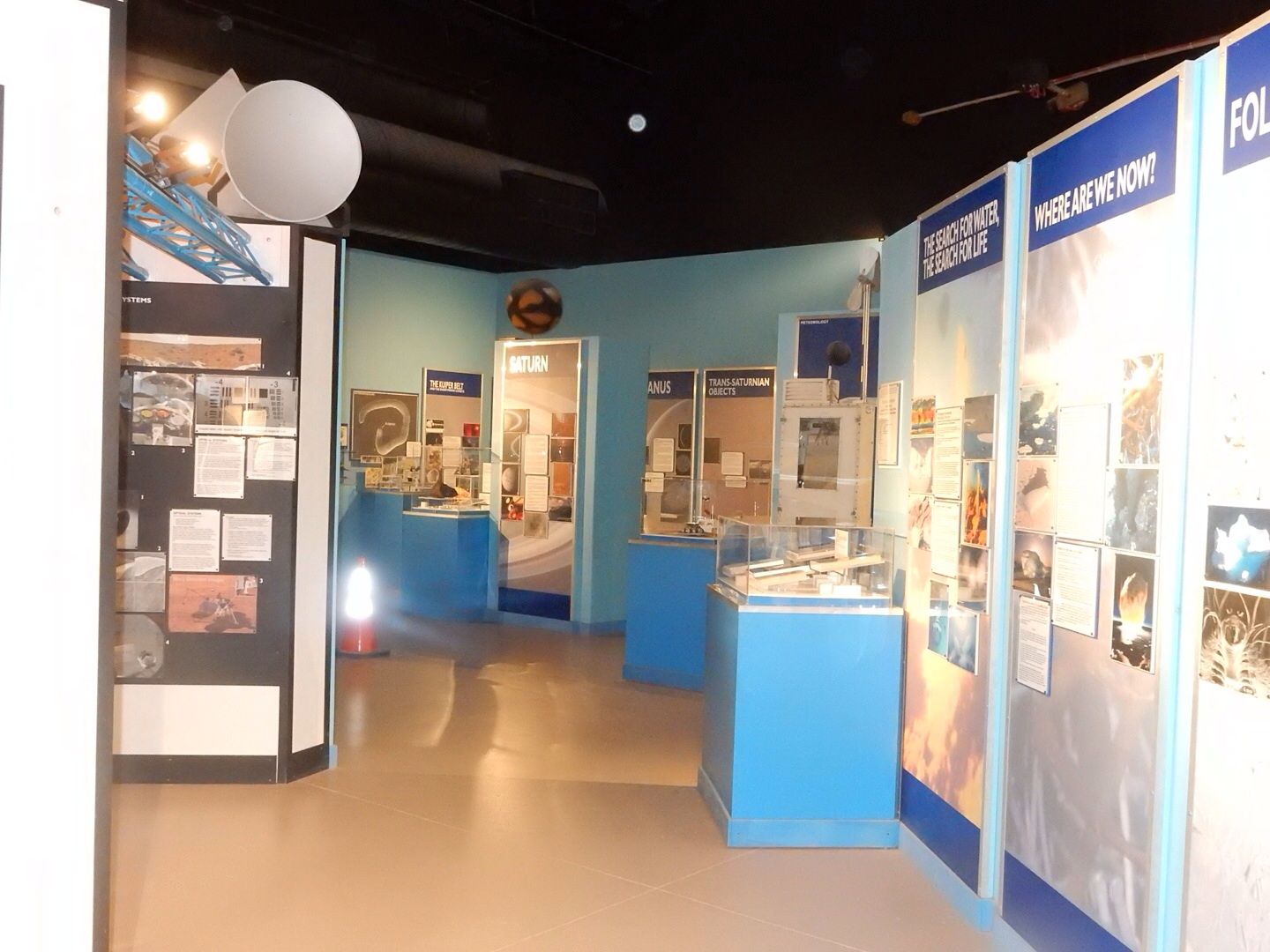

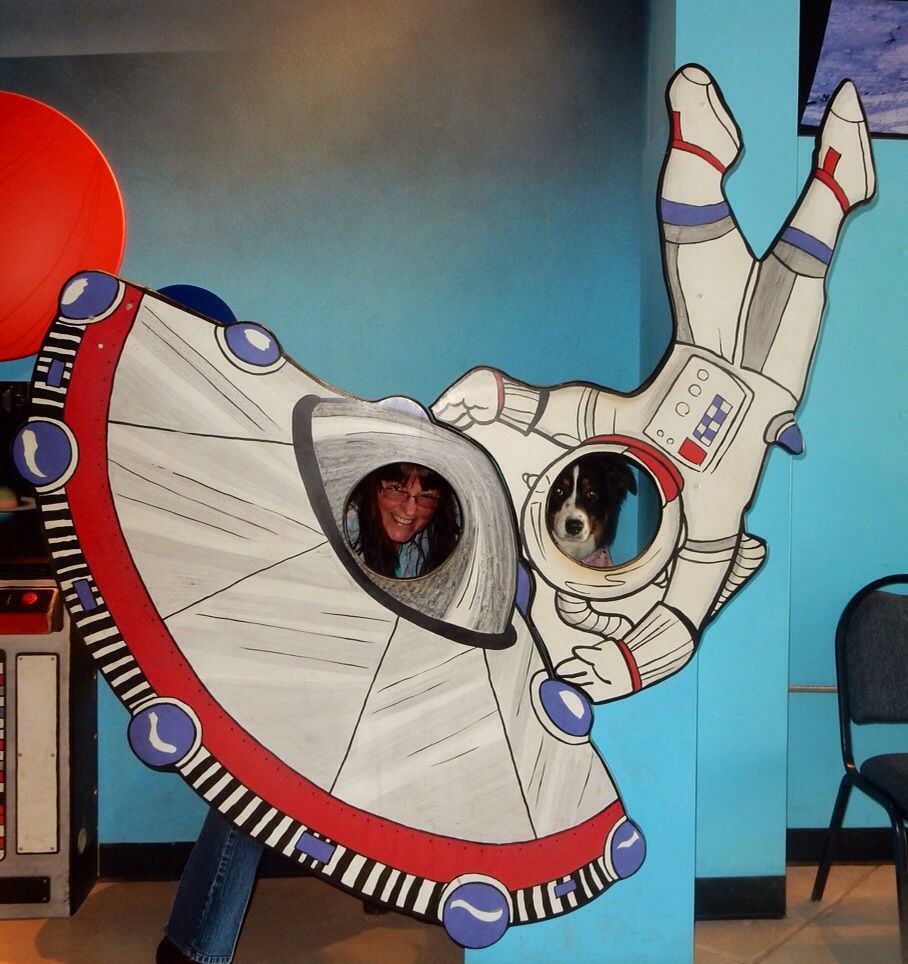

No comments:
Post a Comment